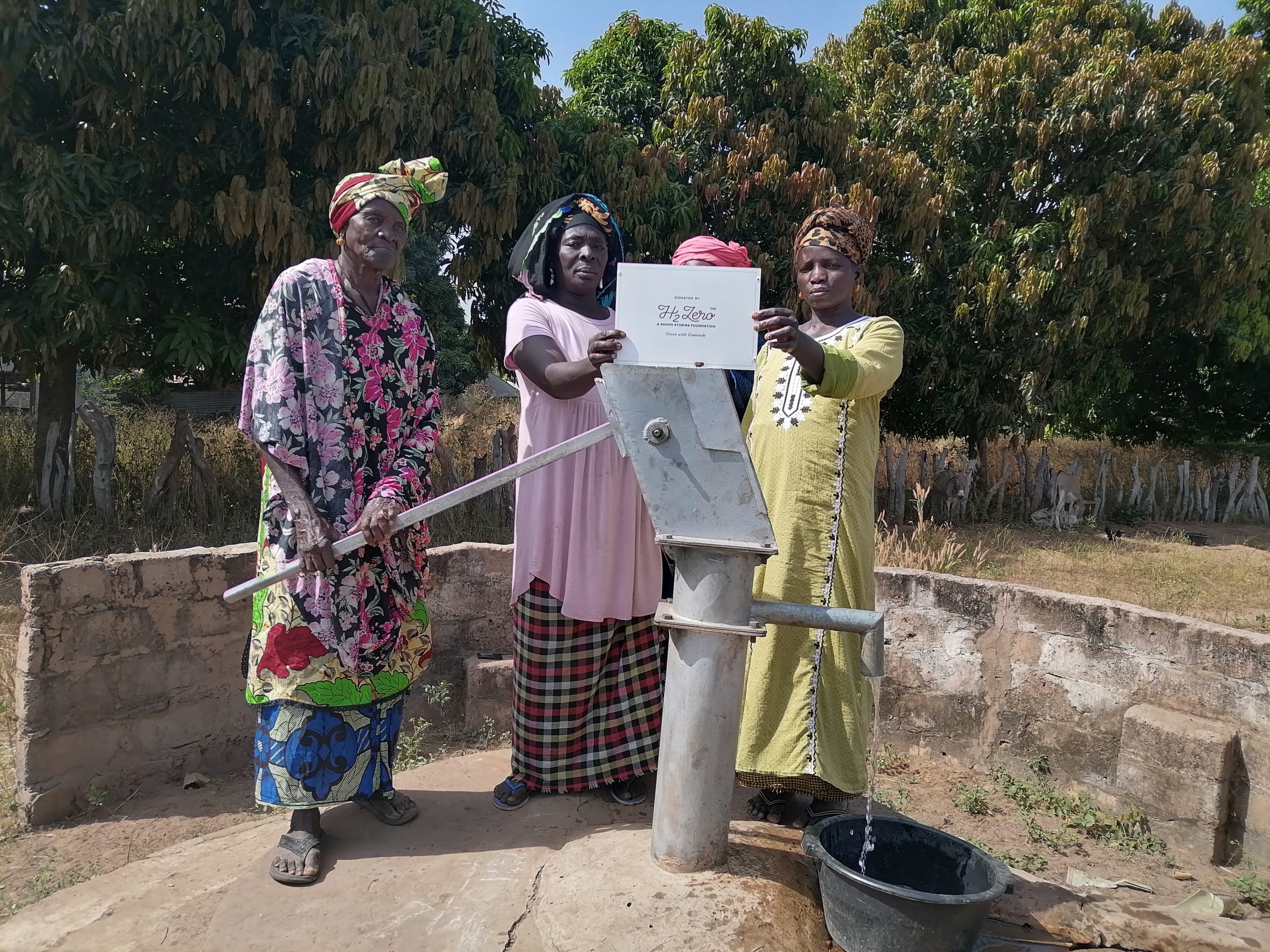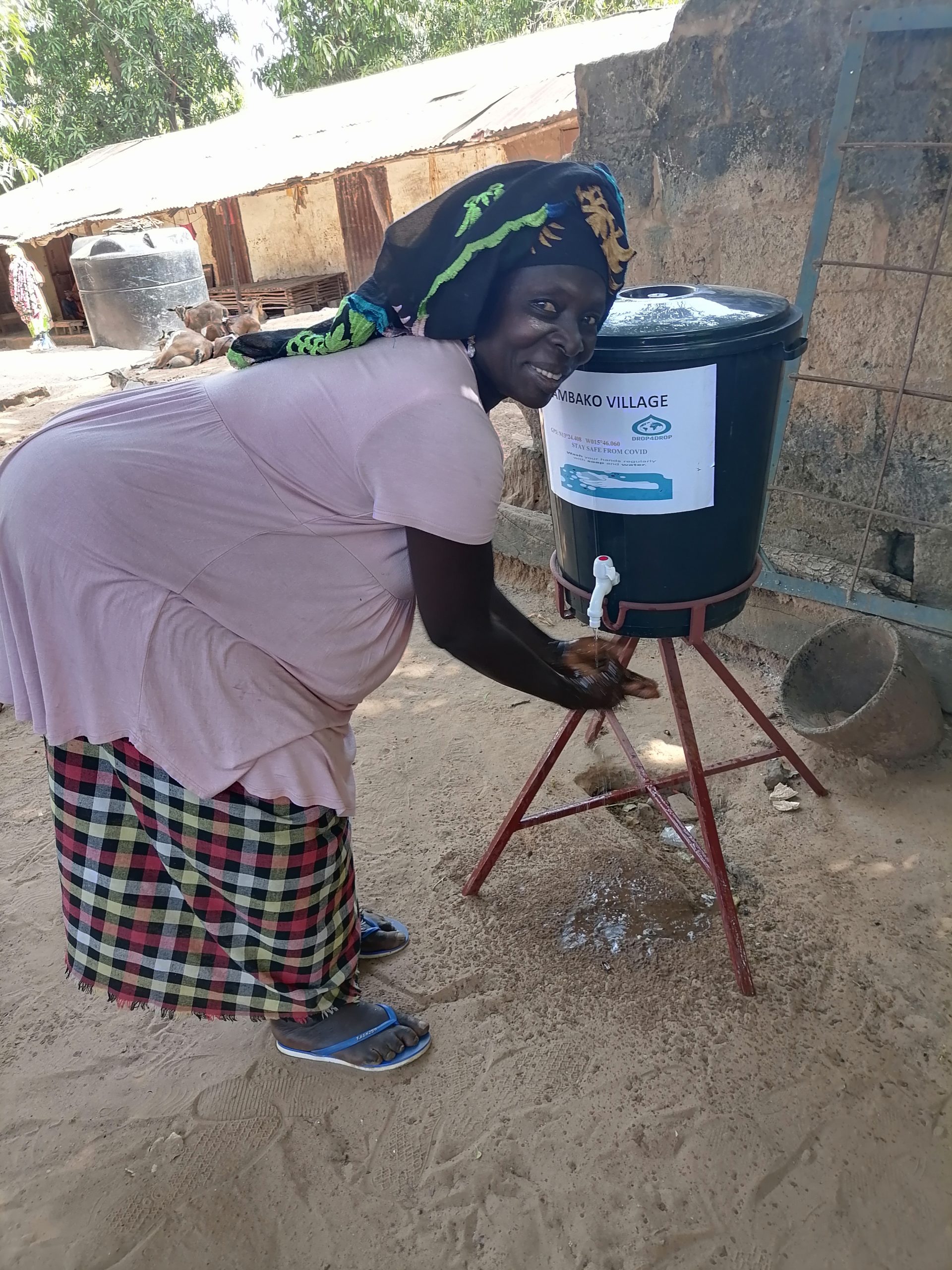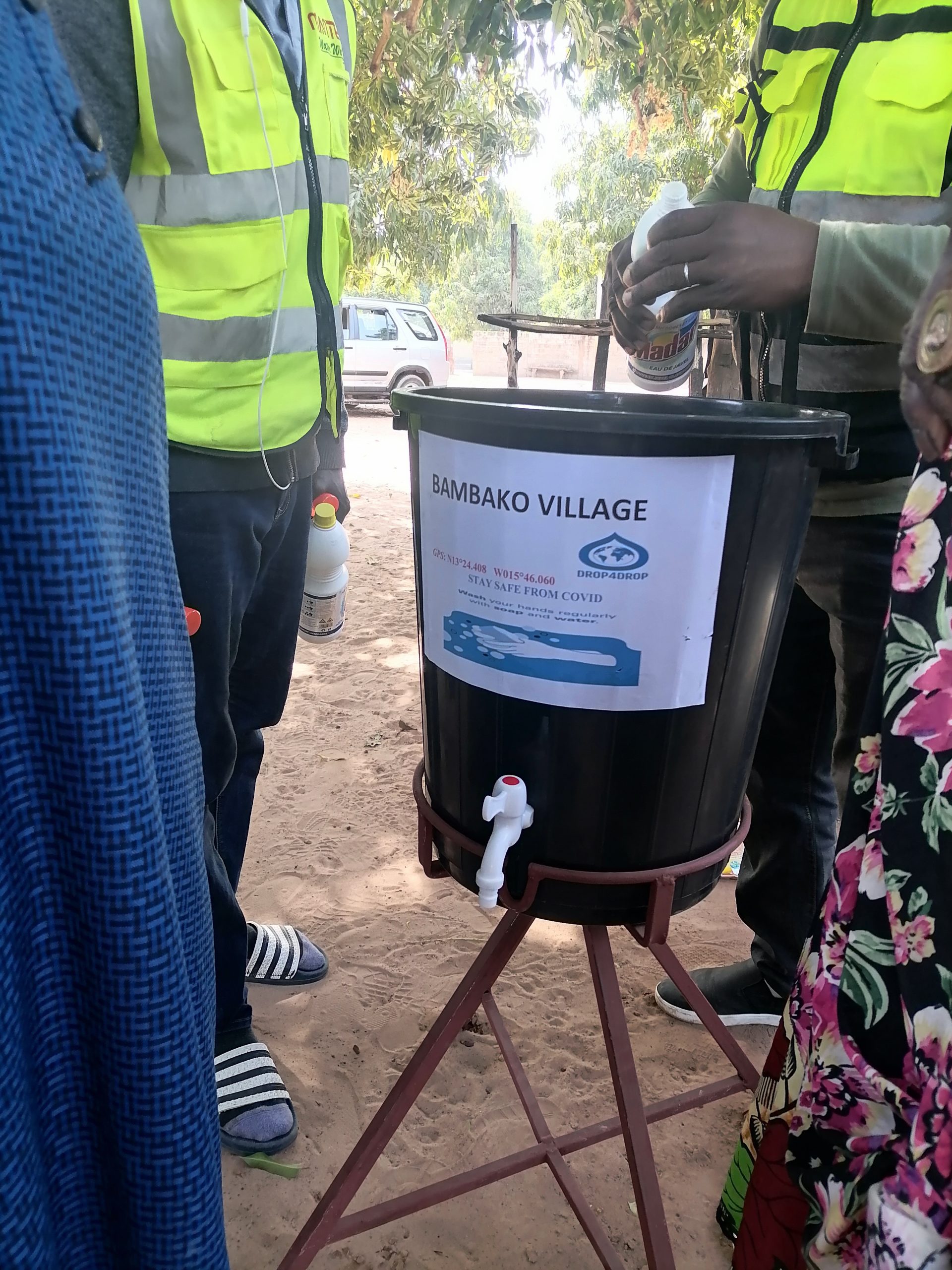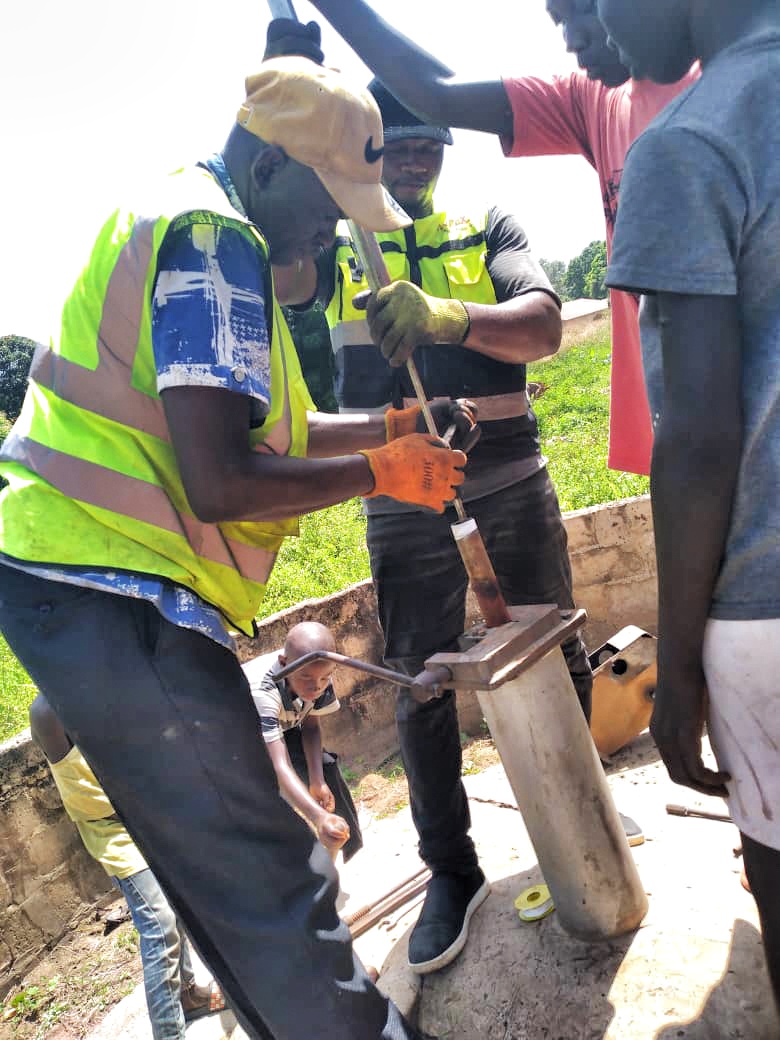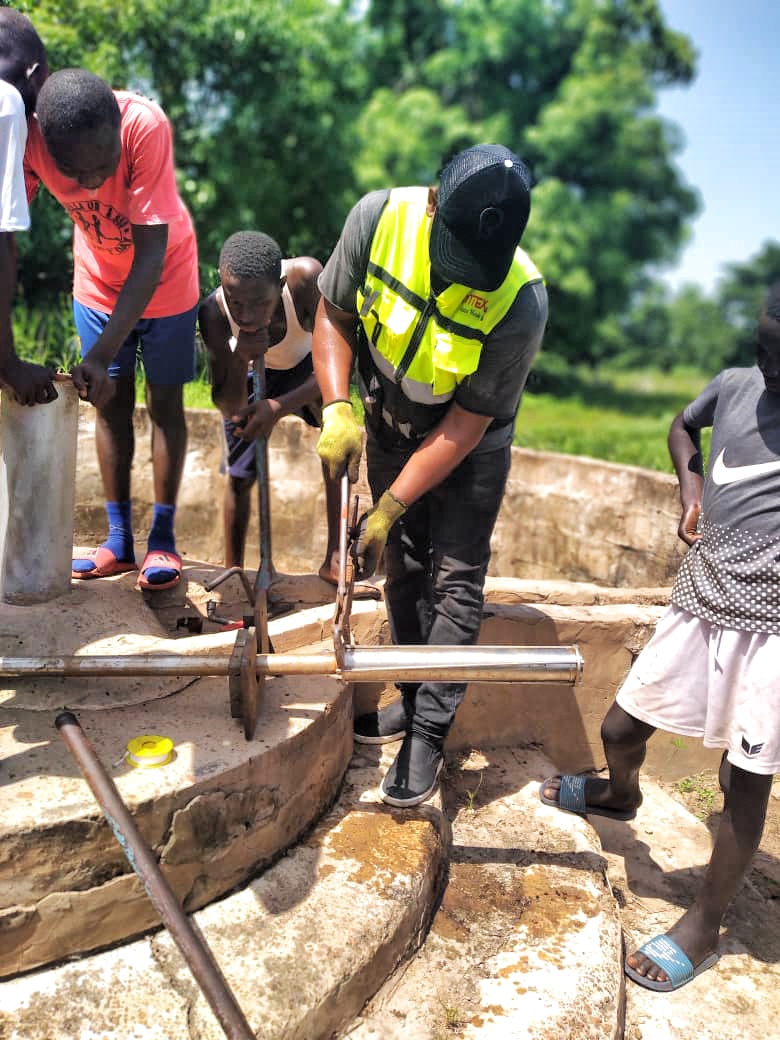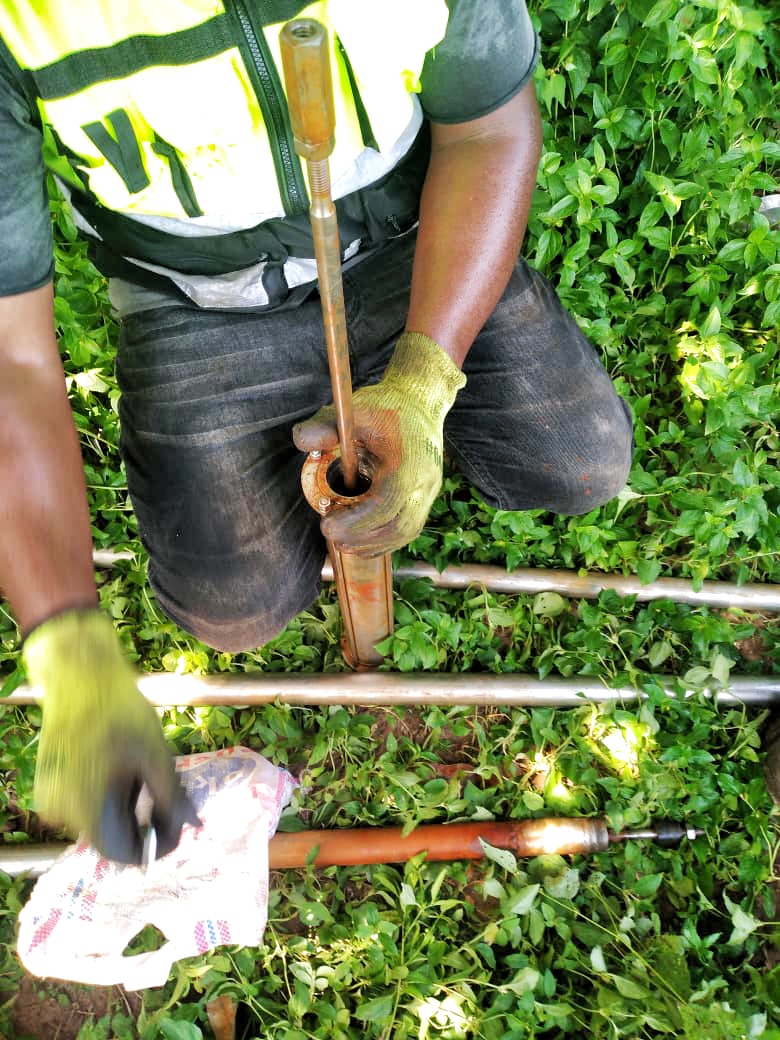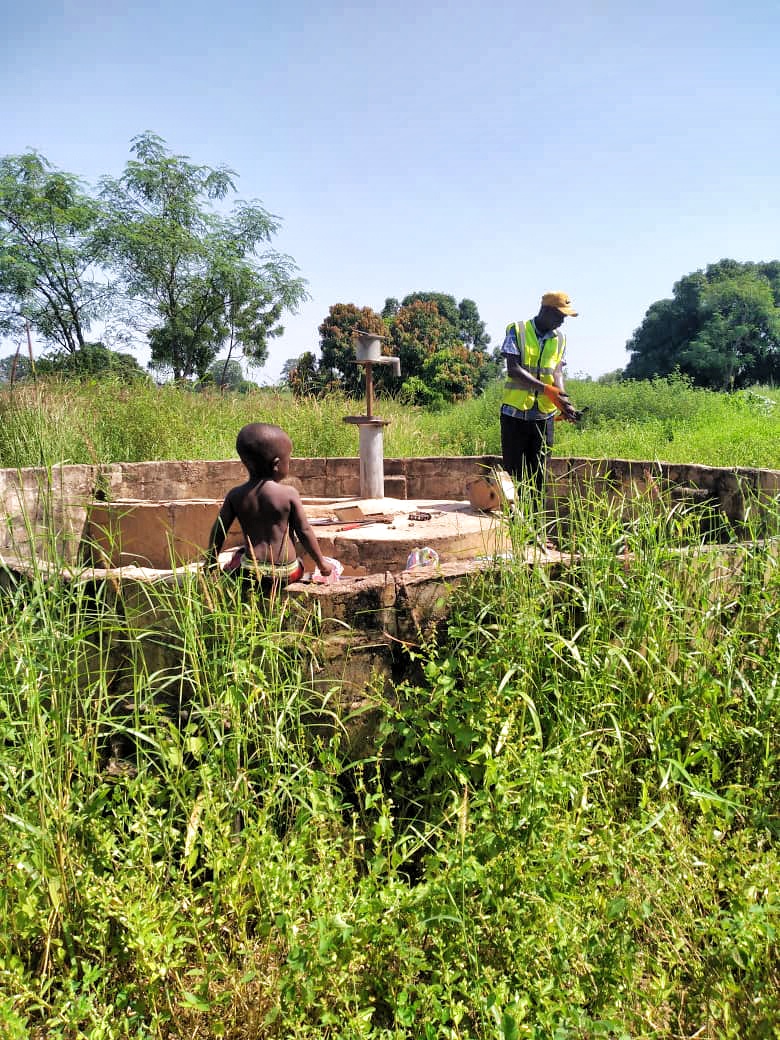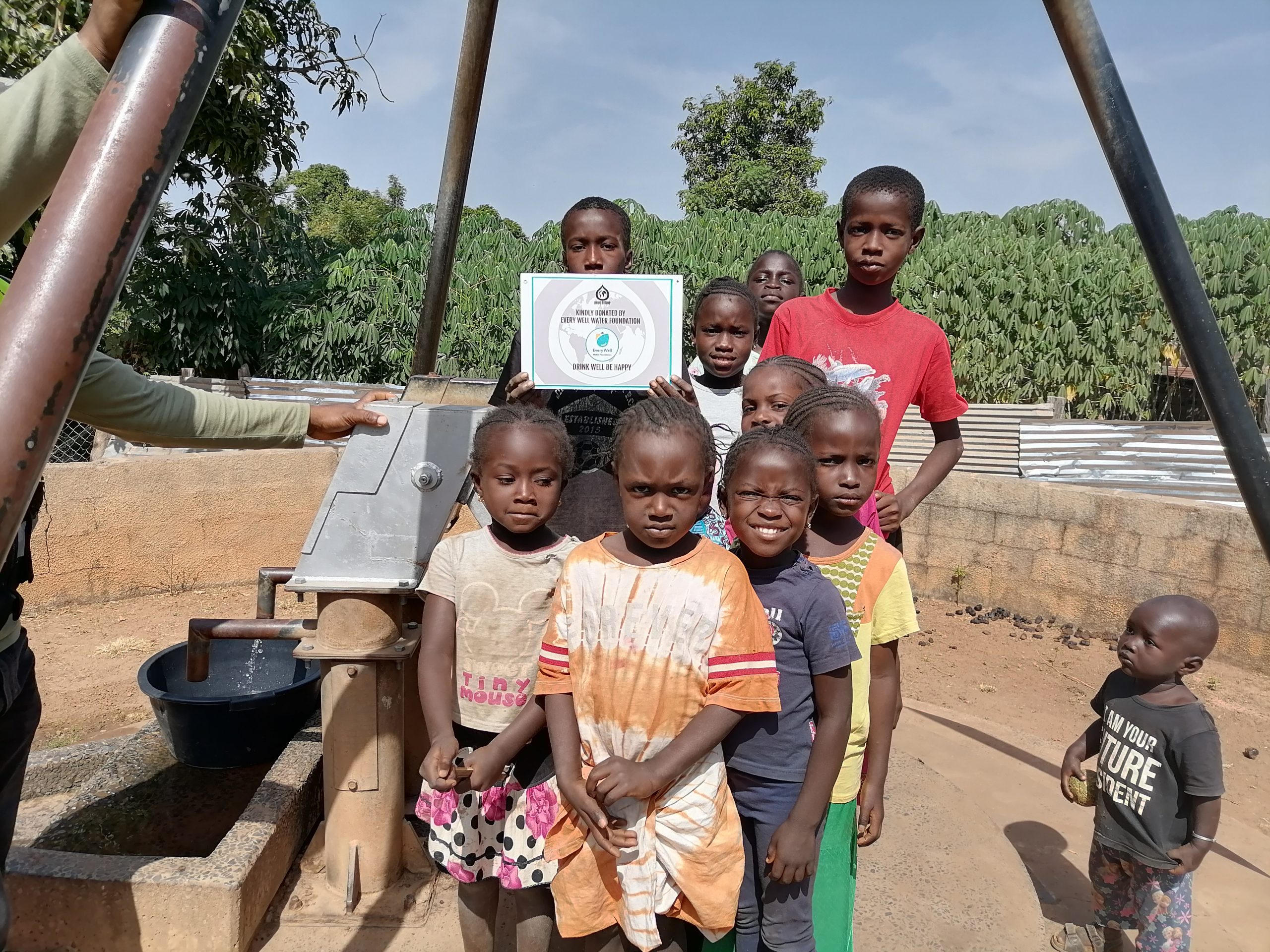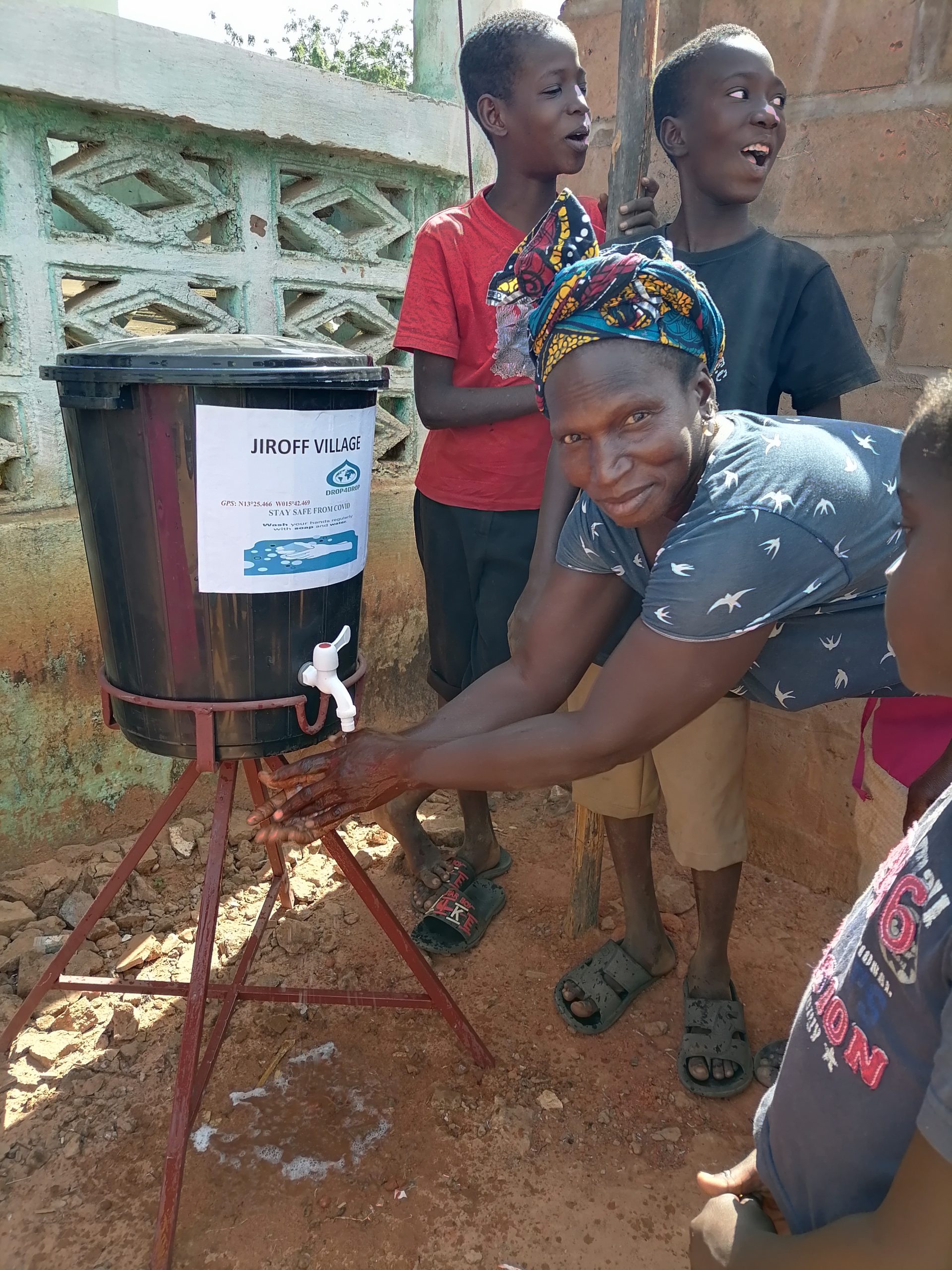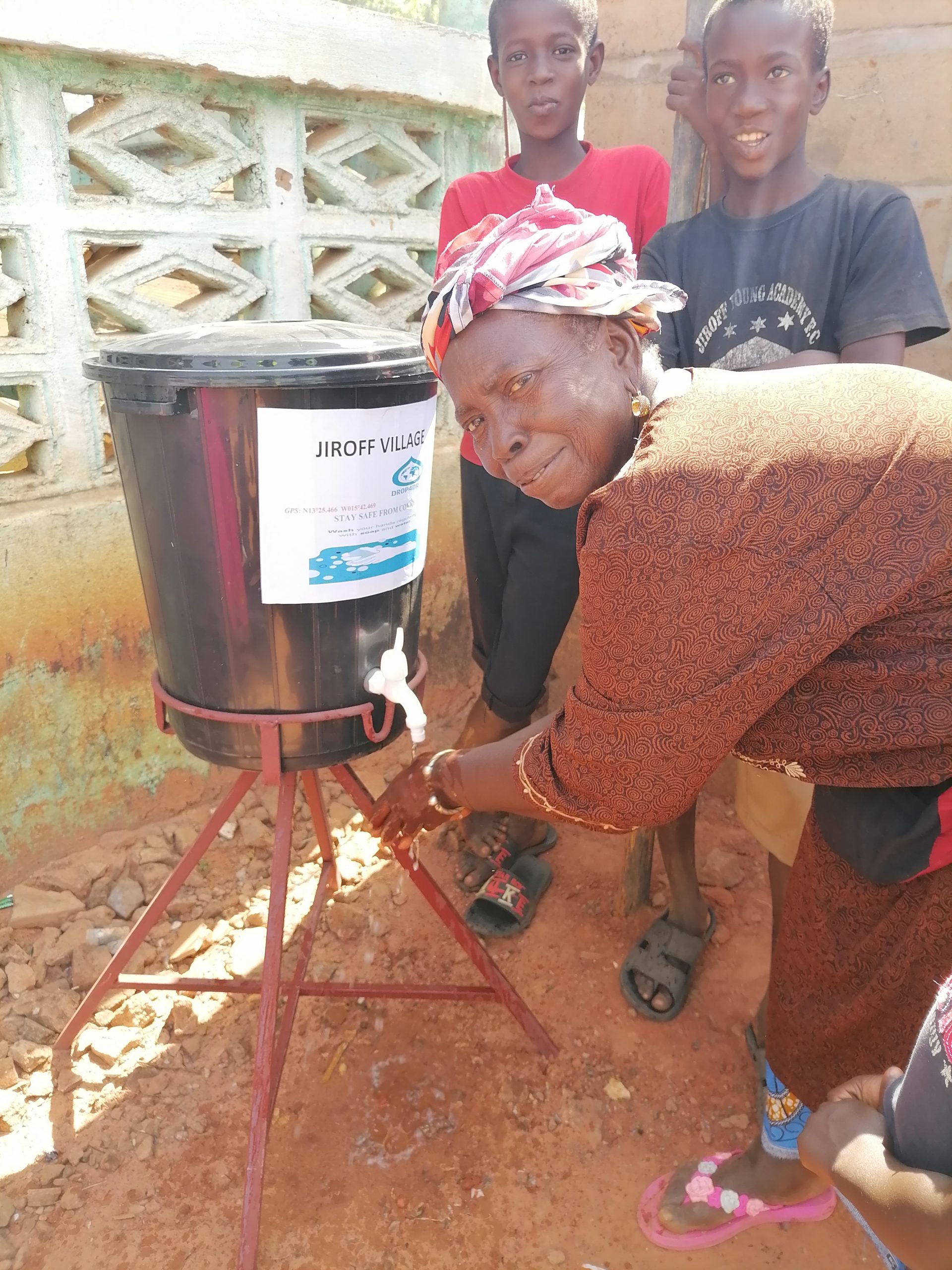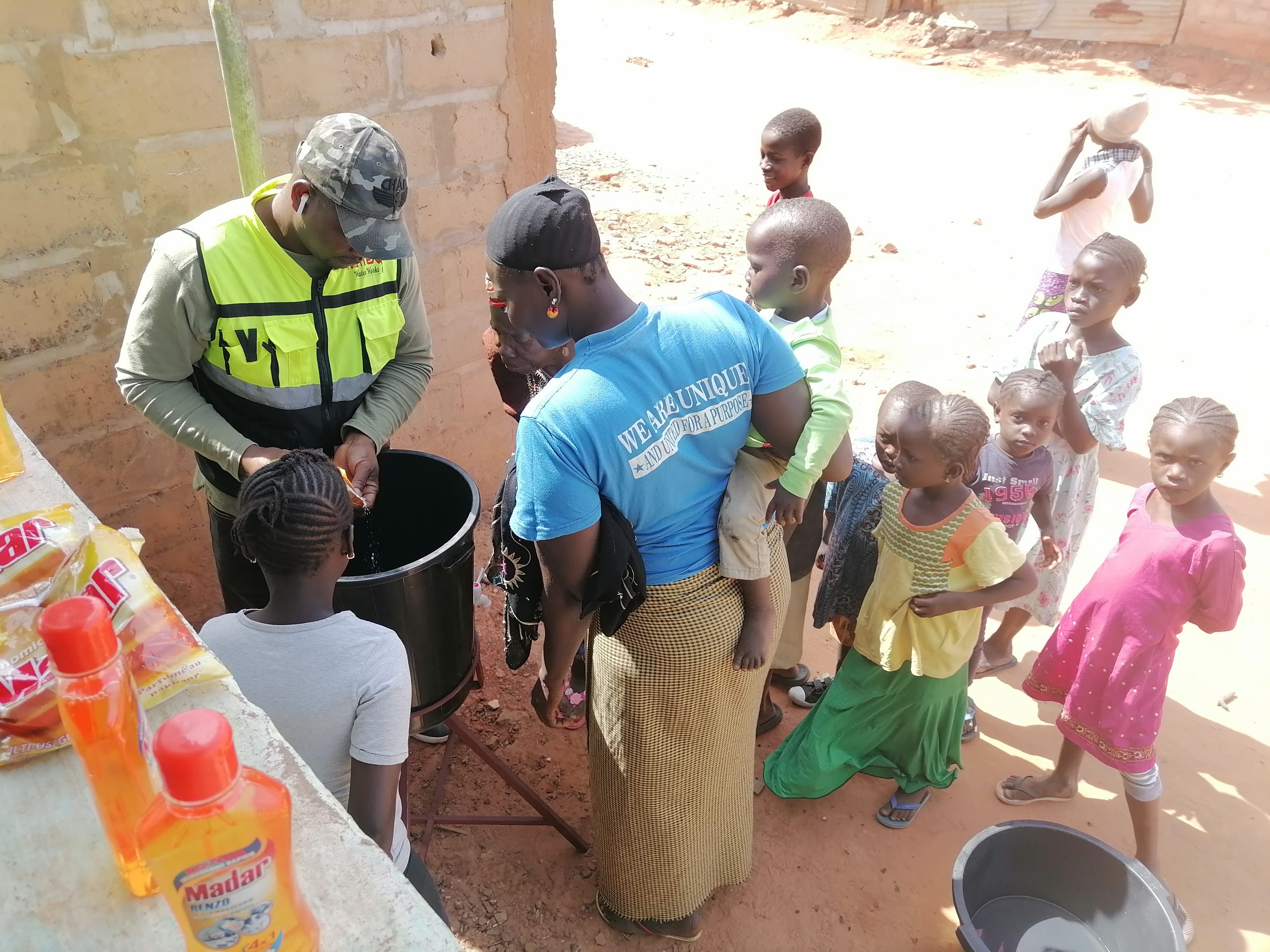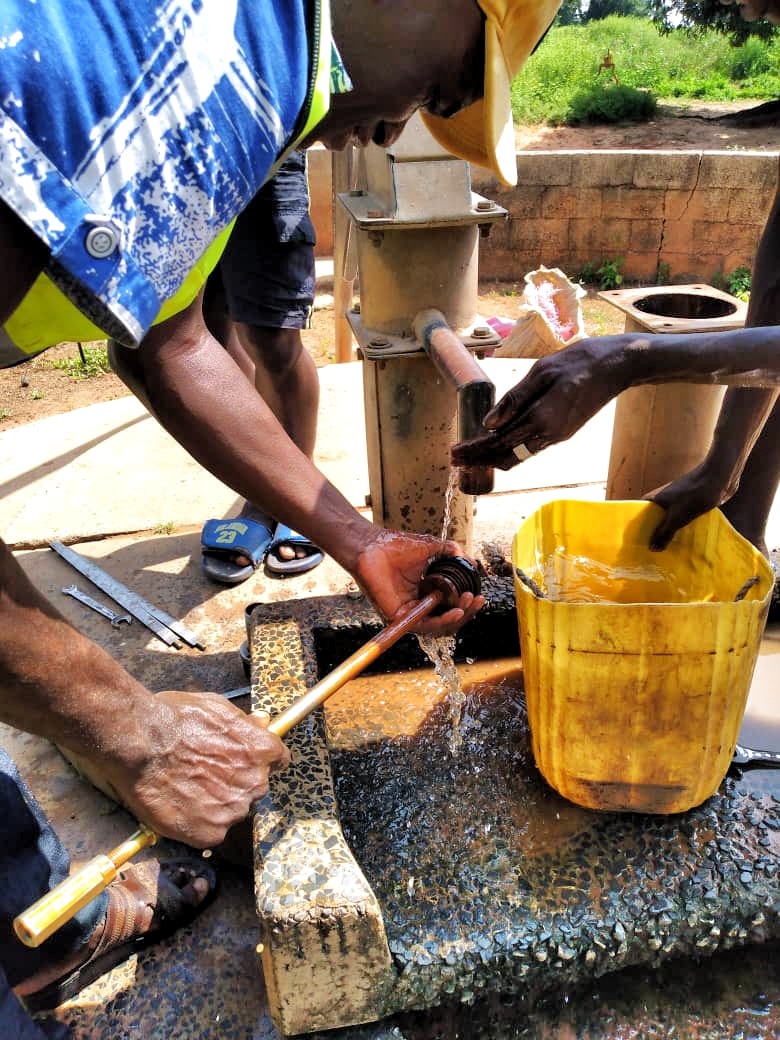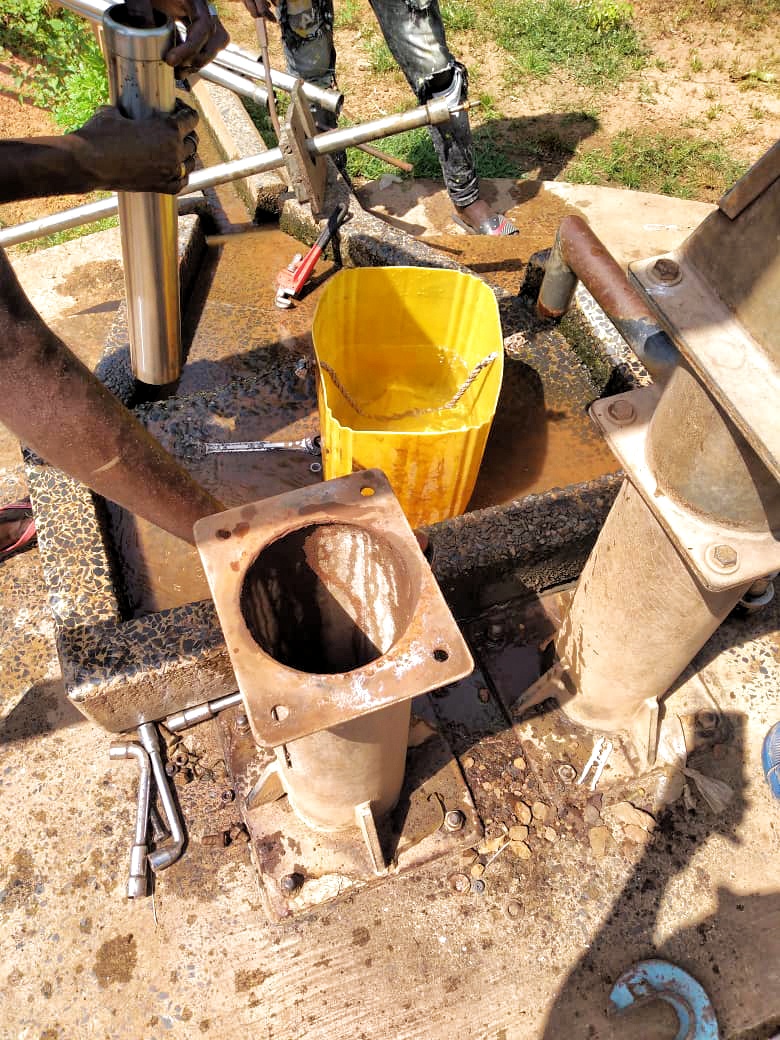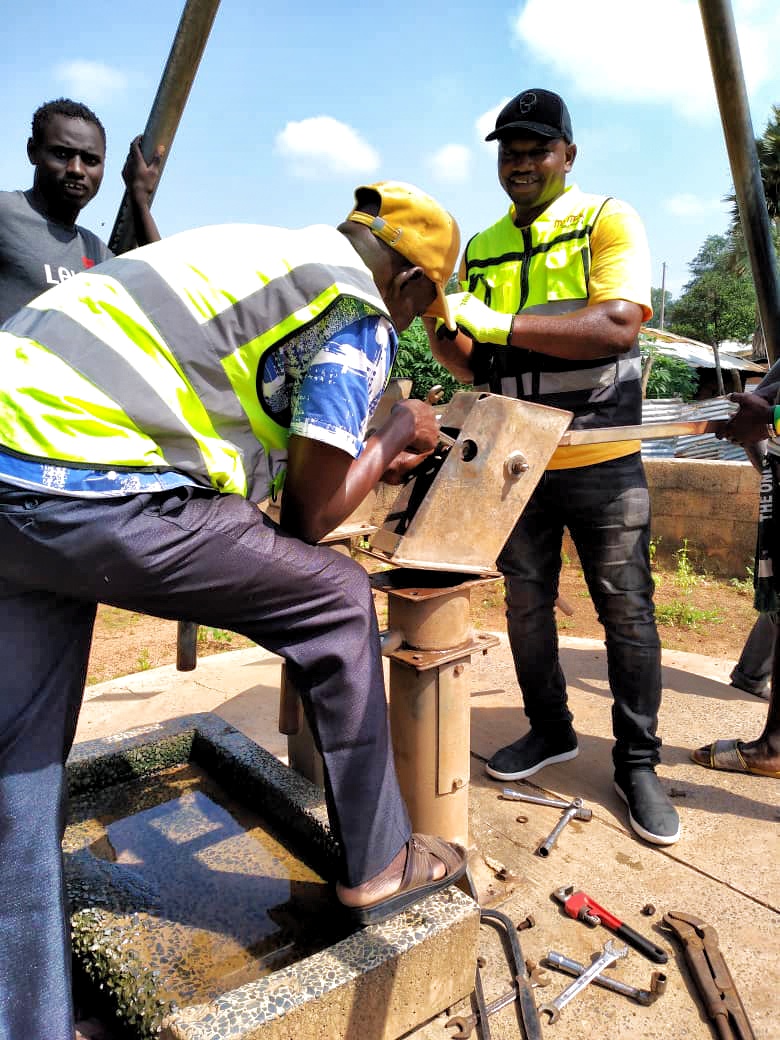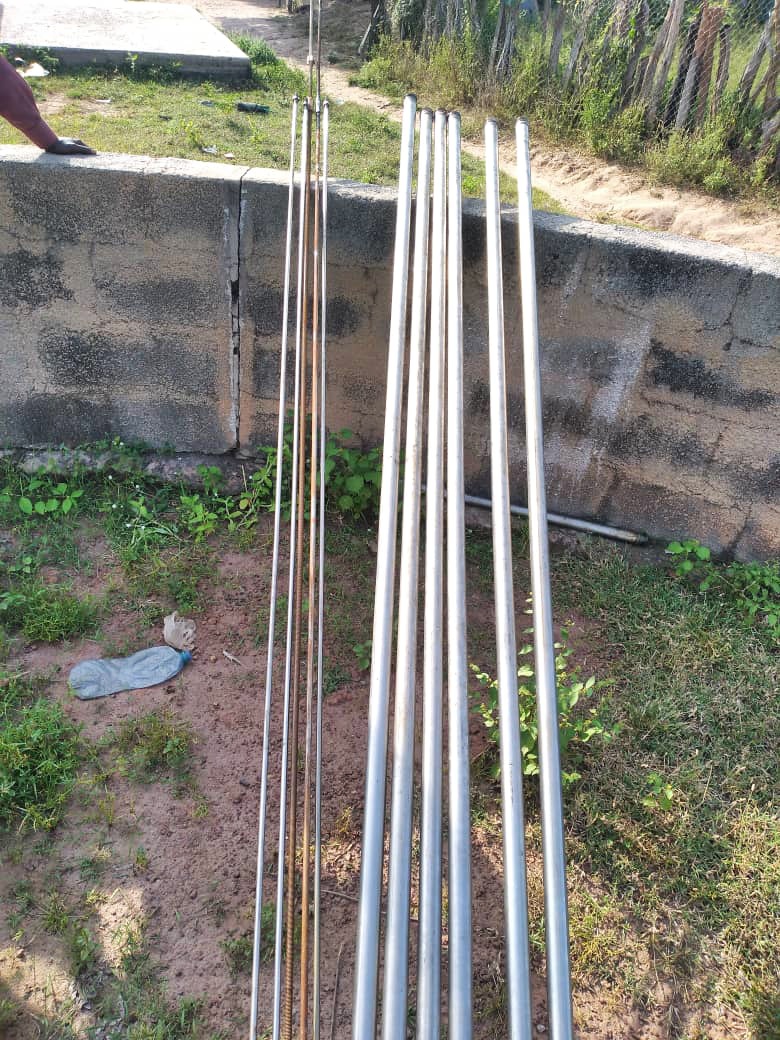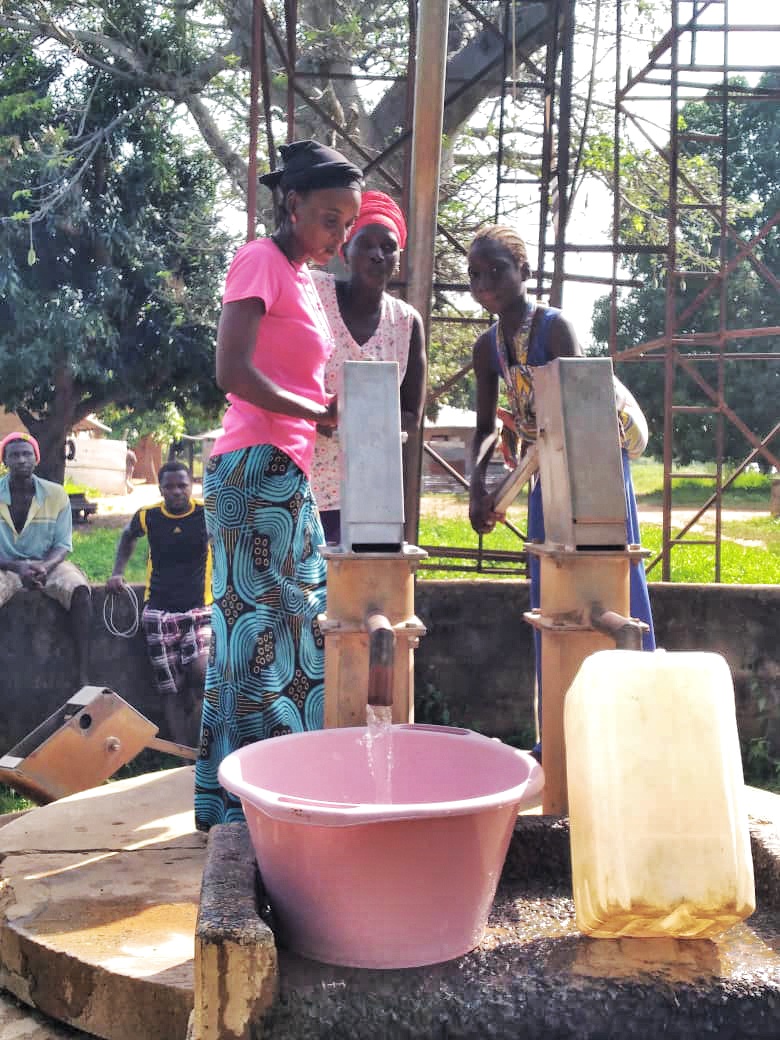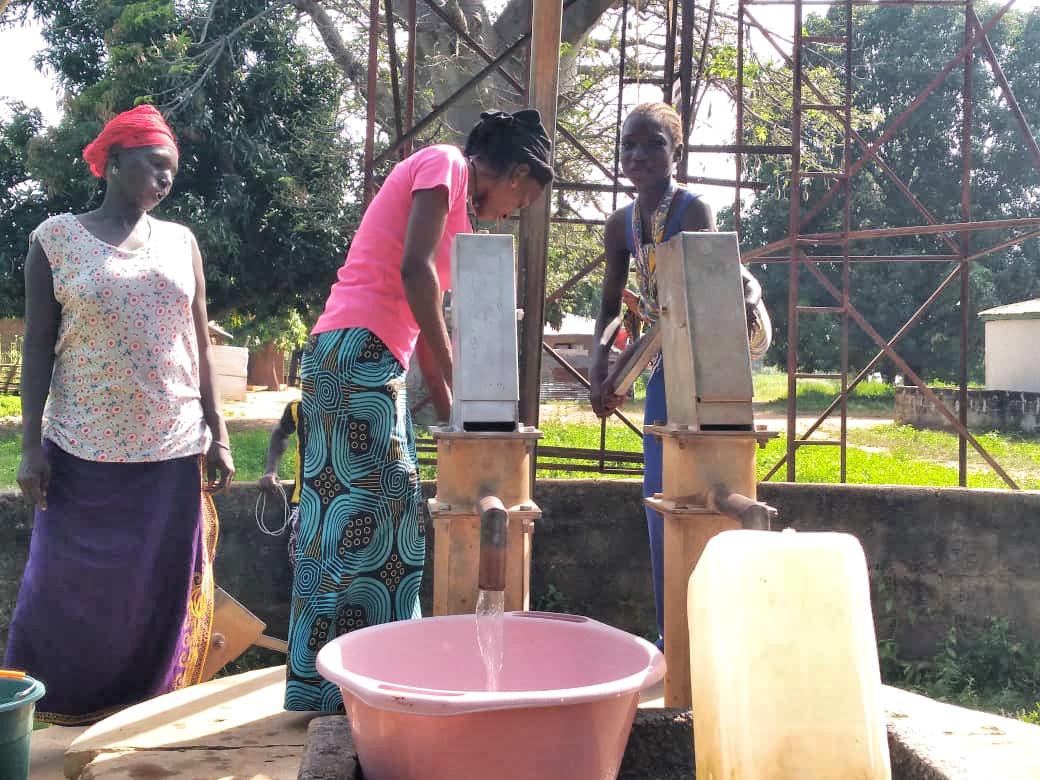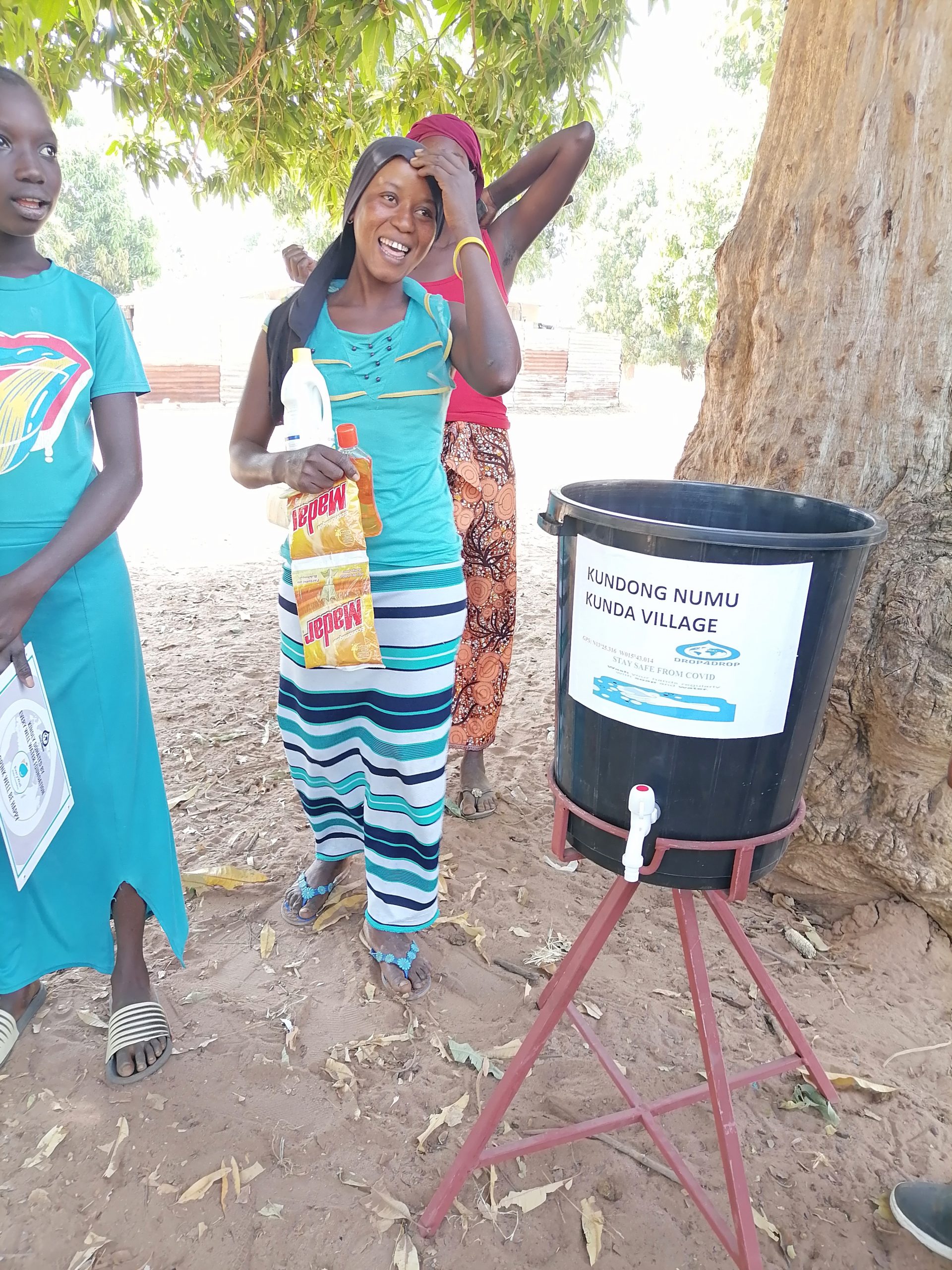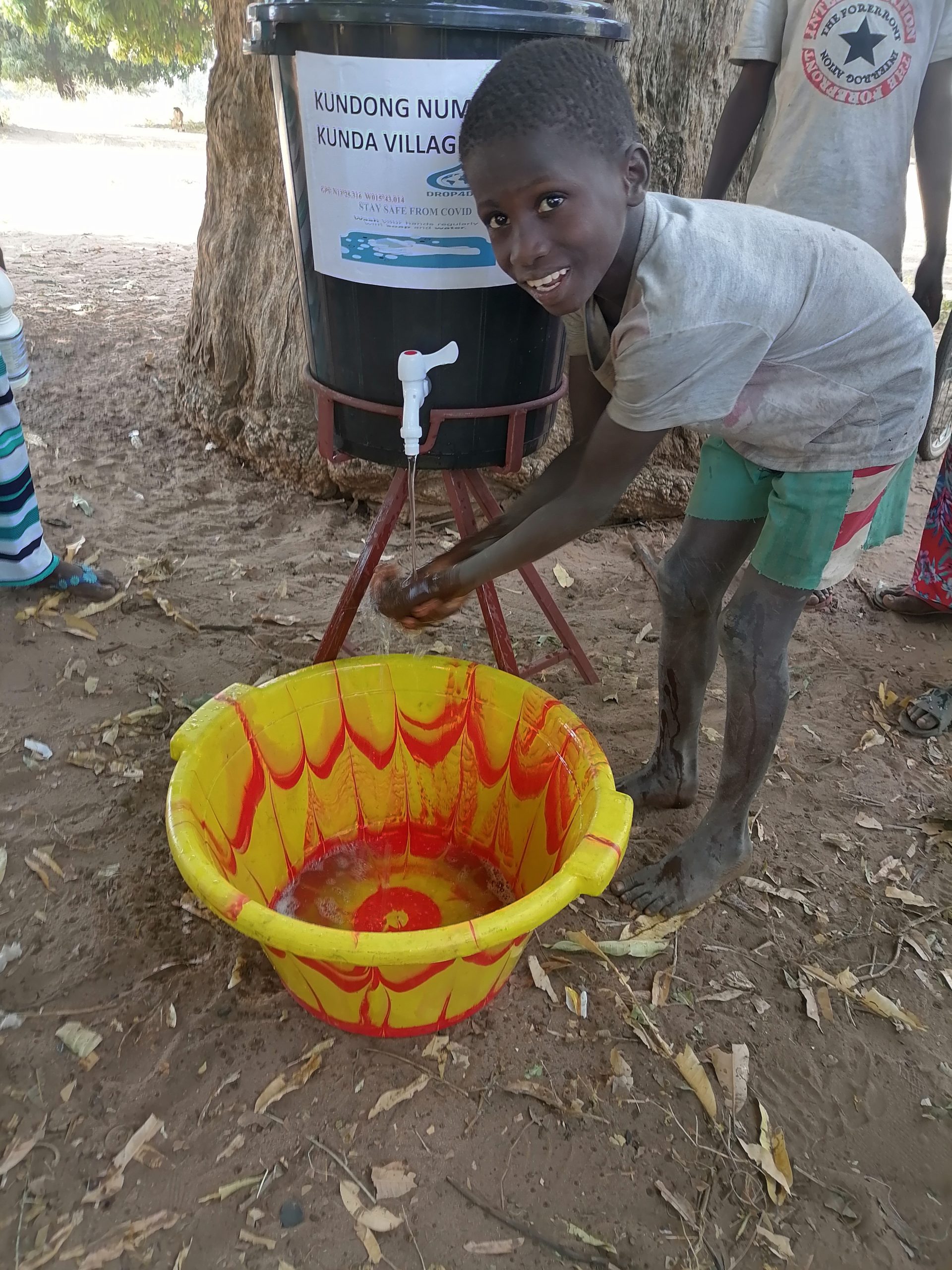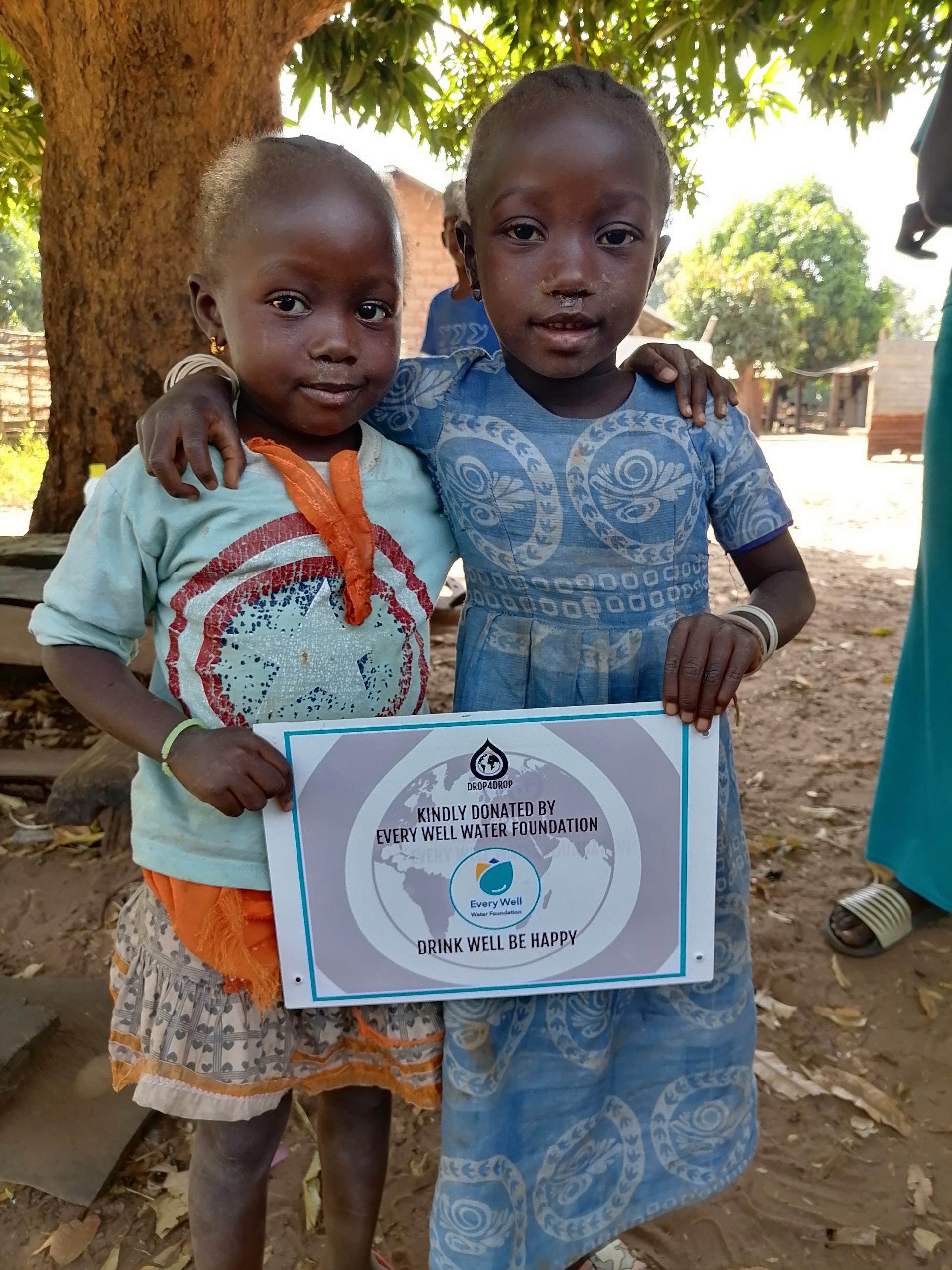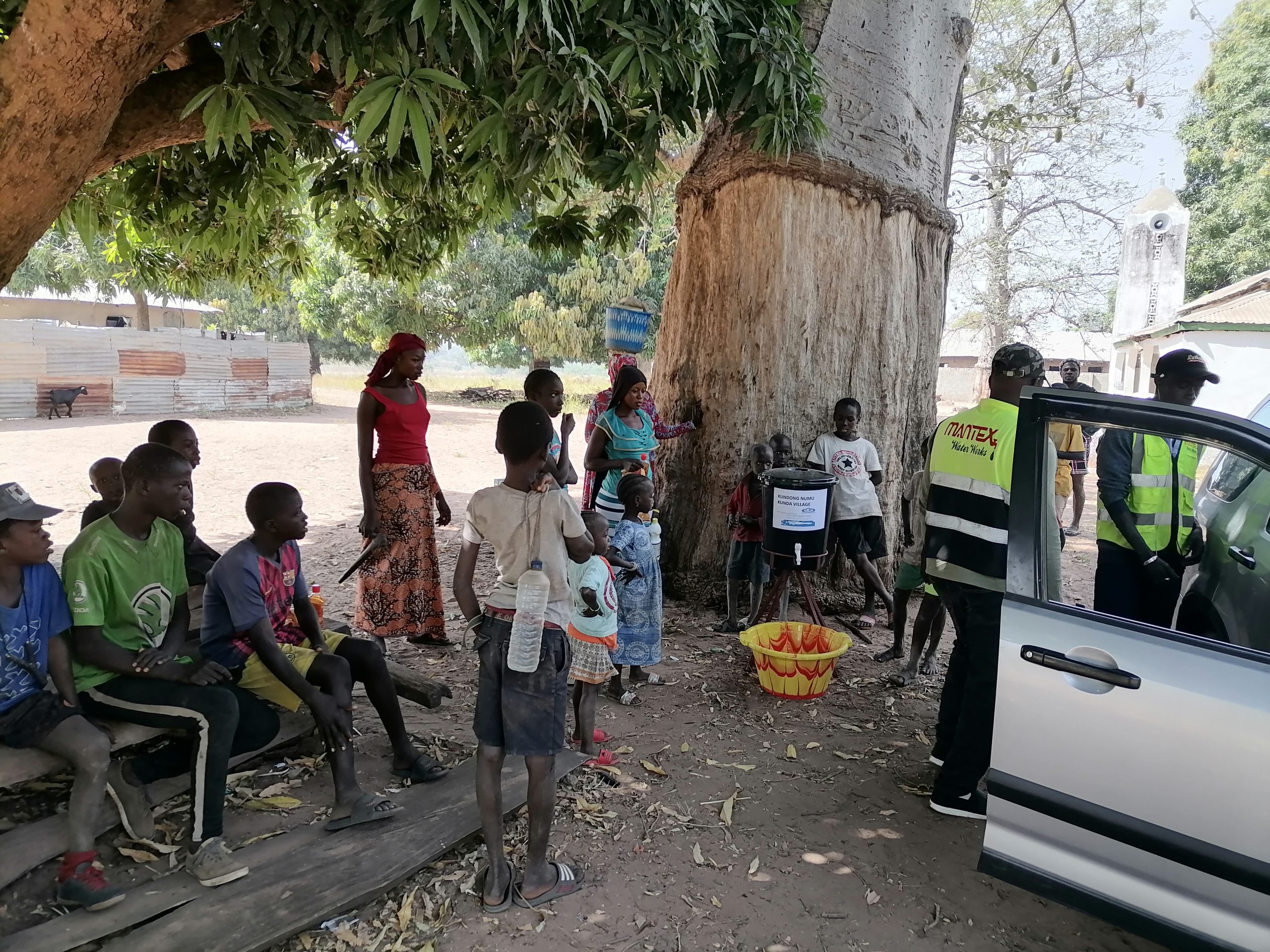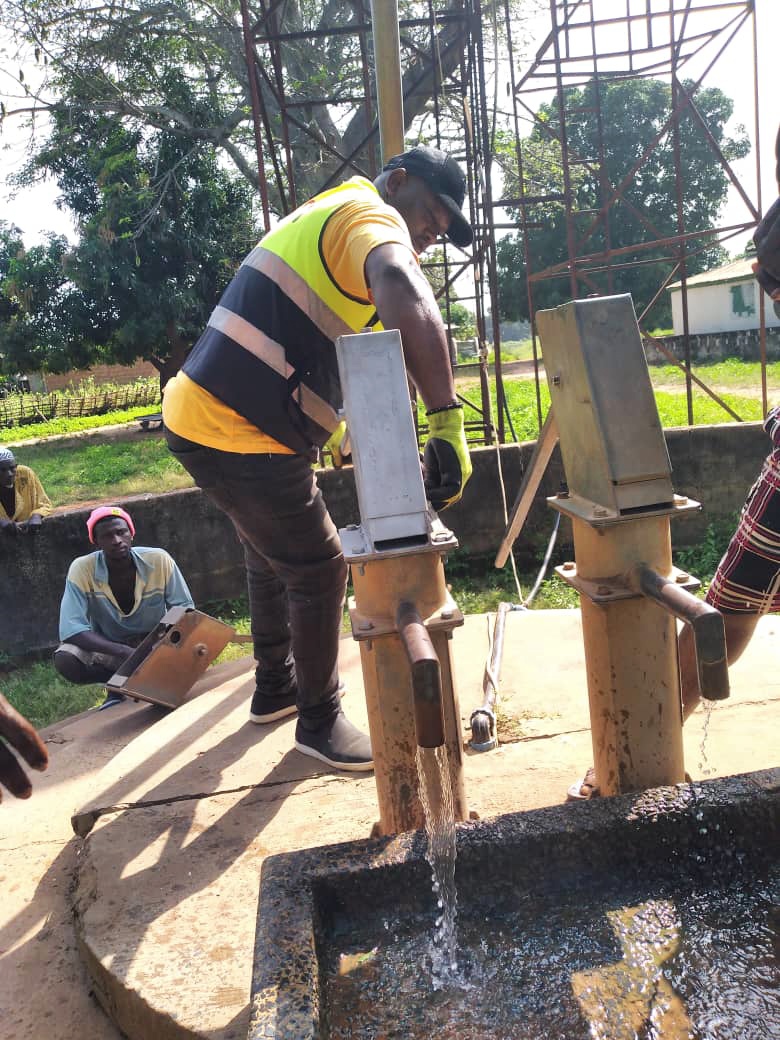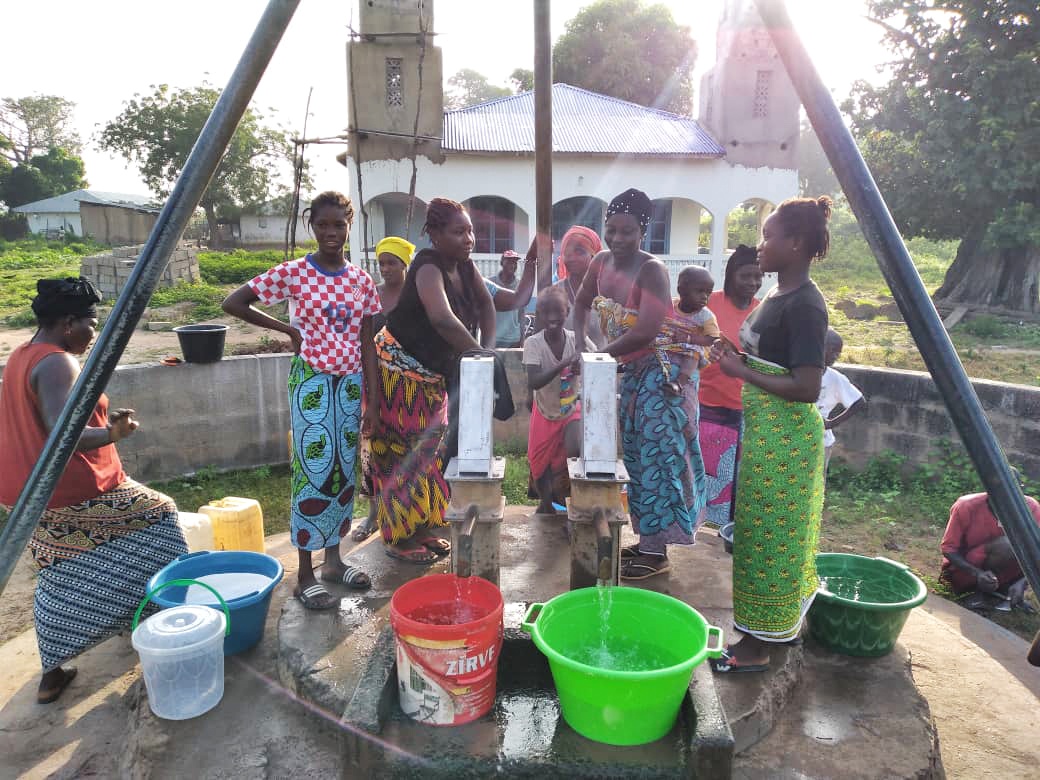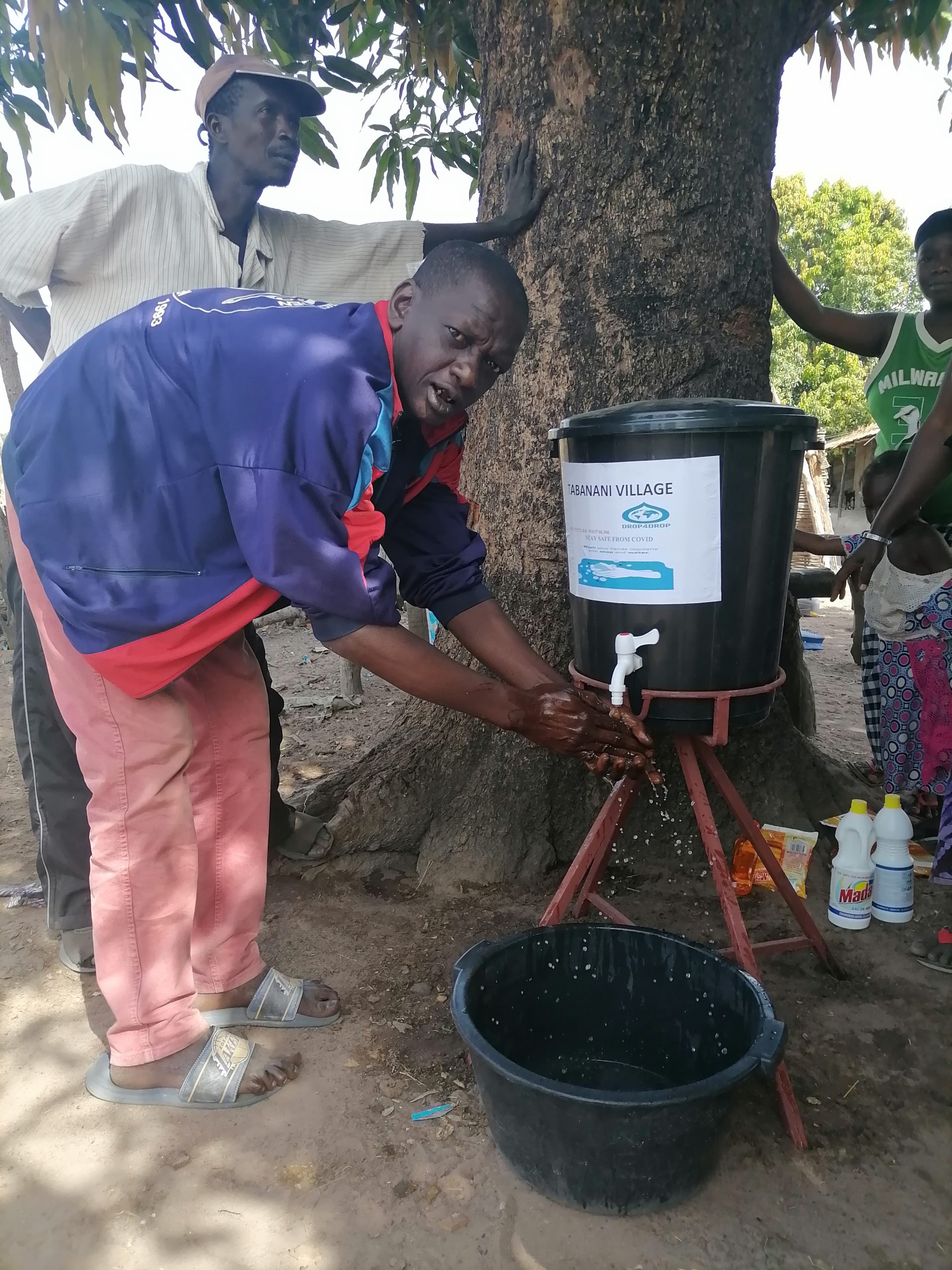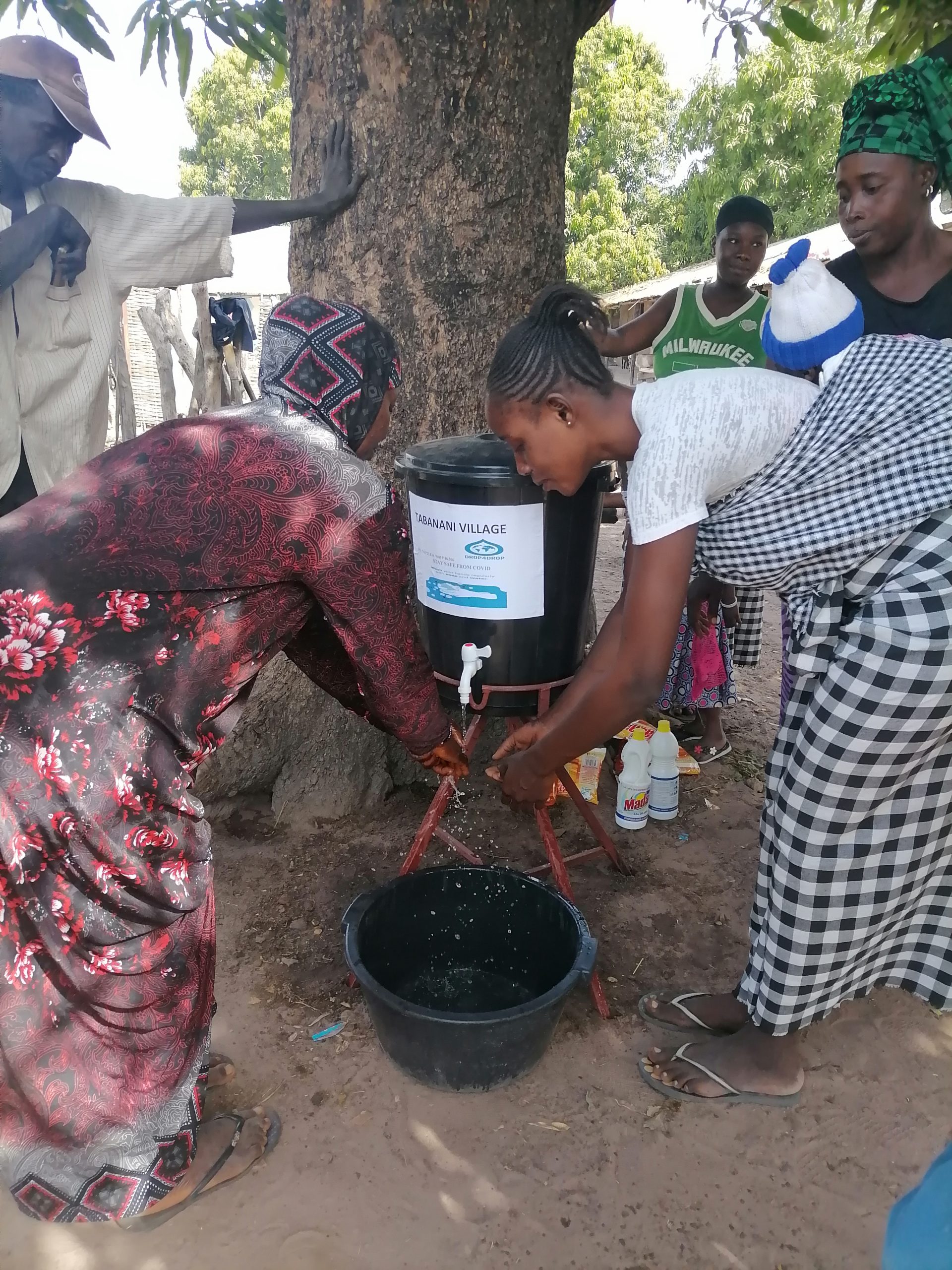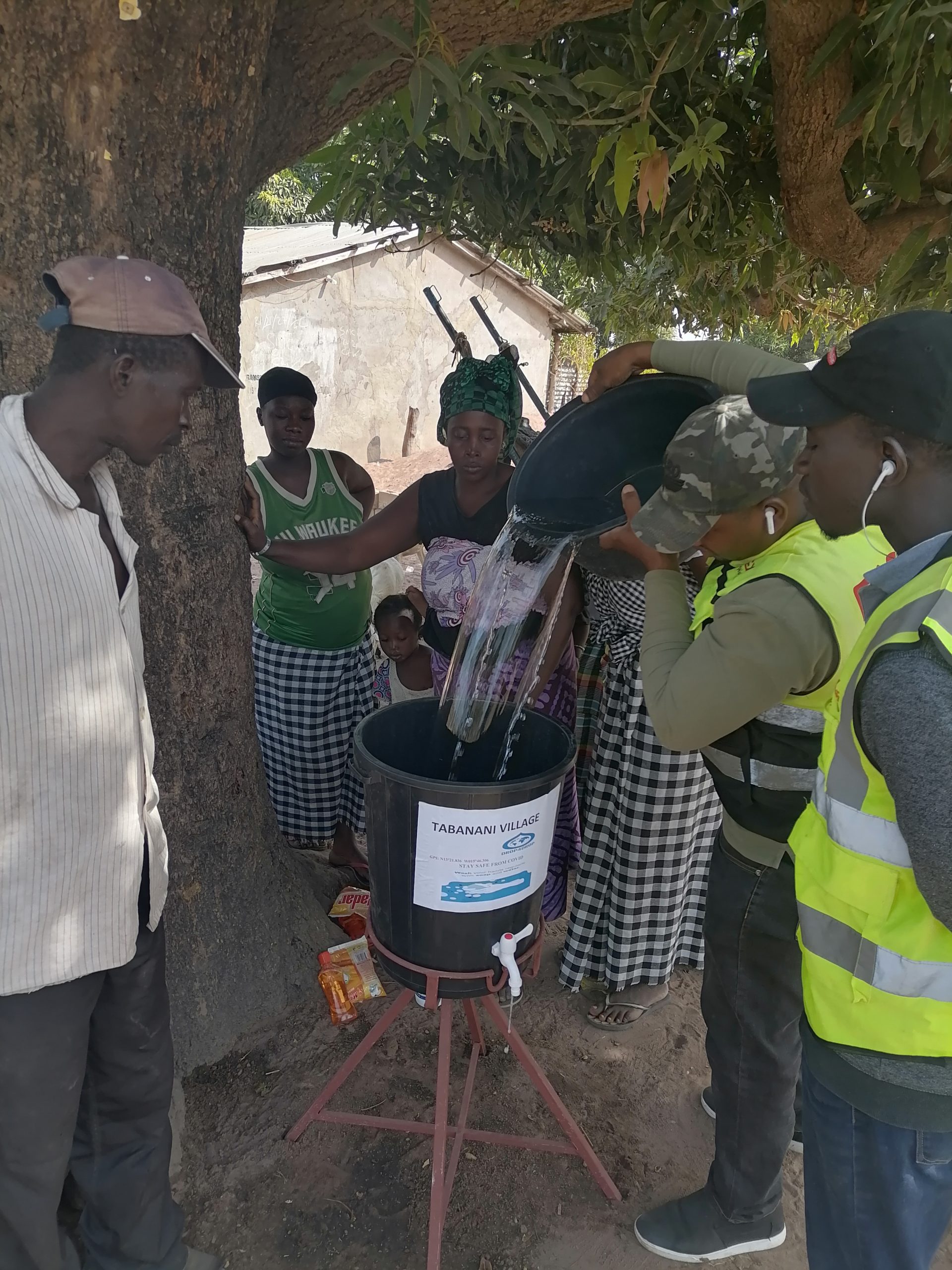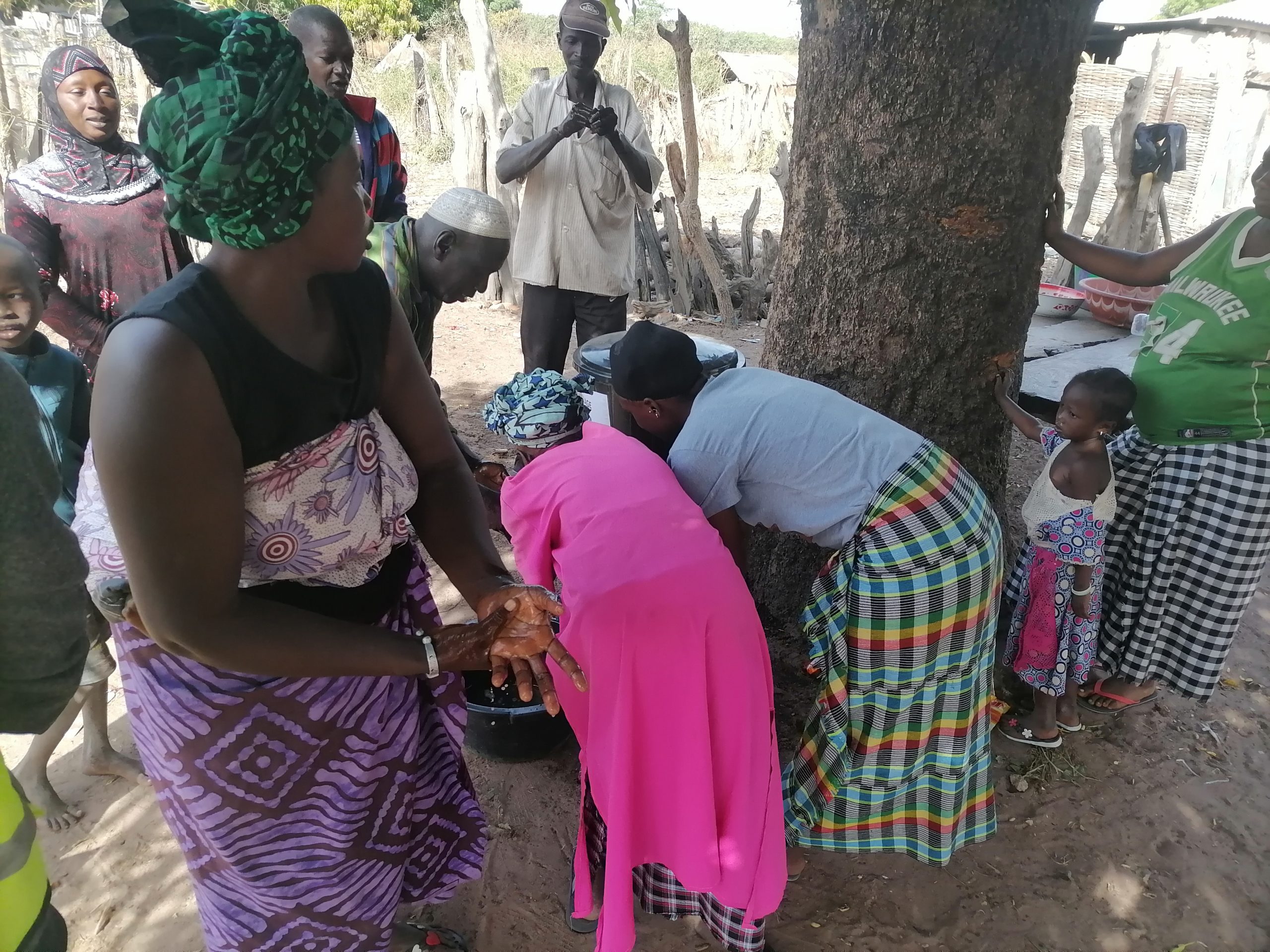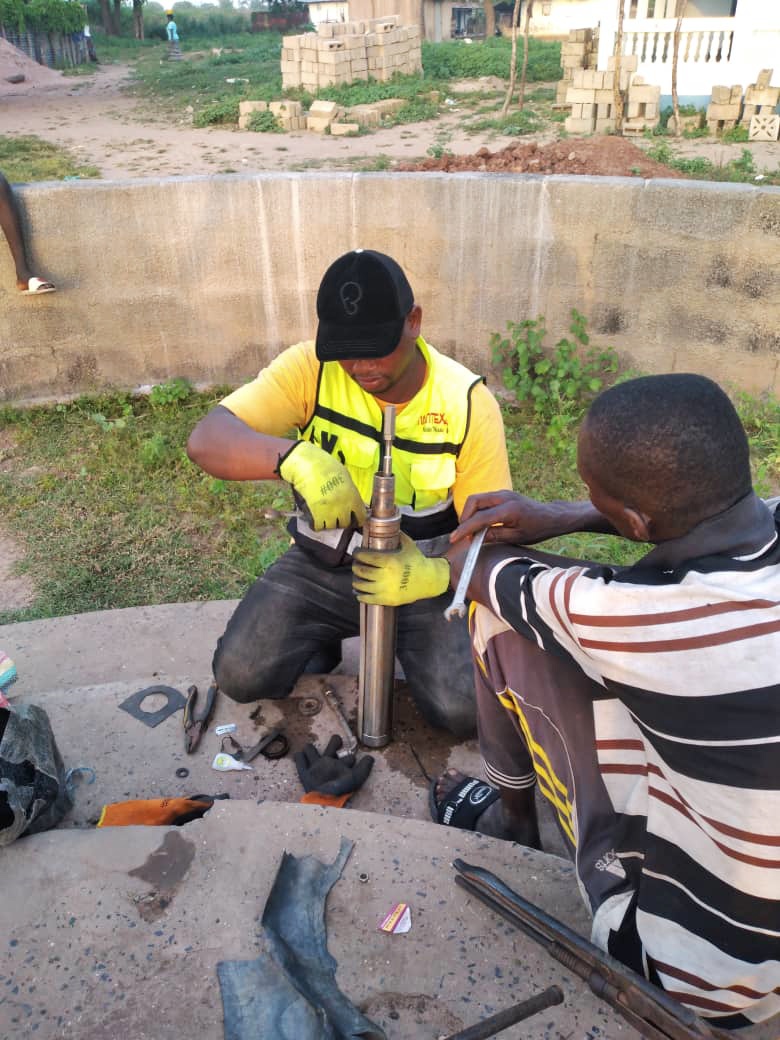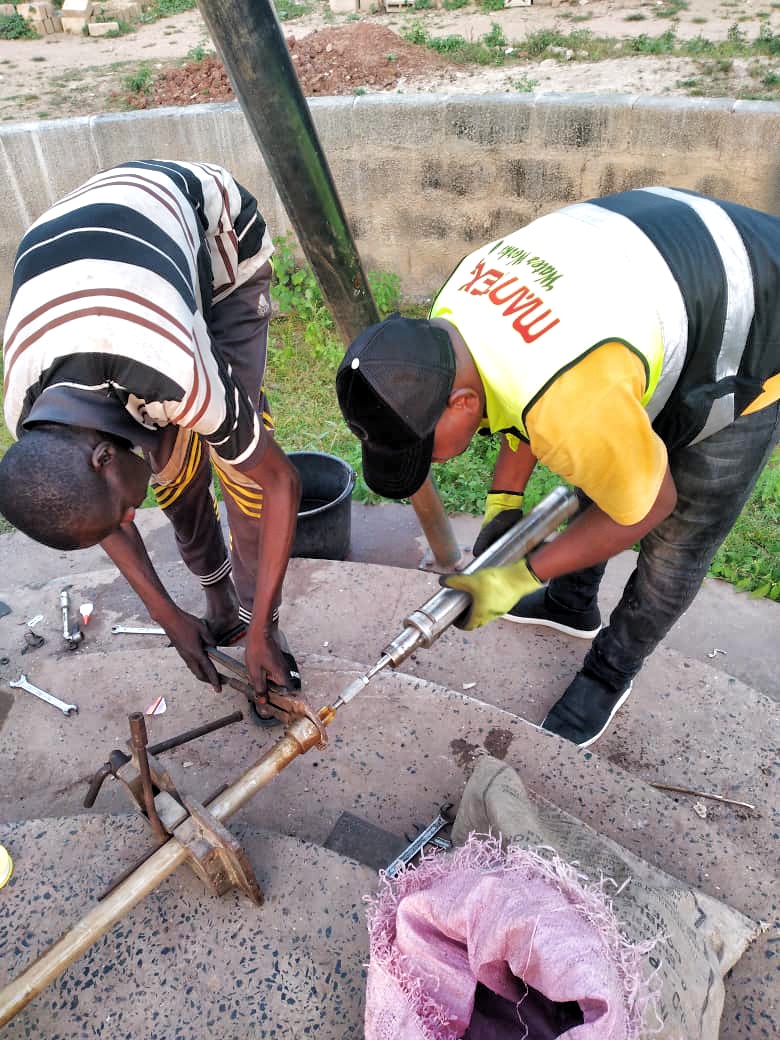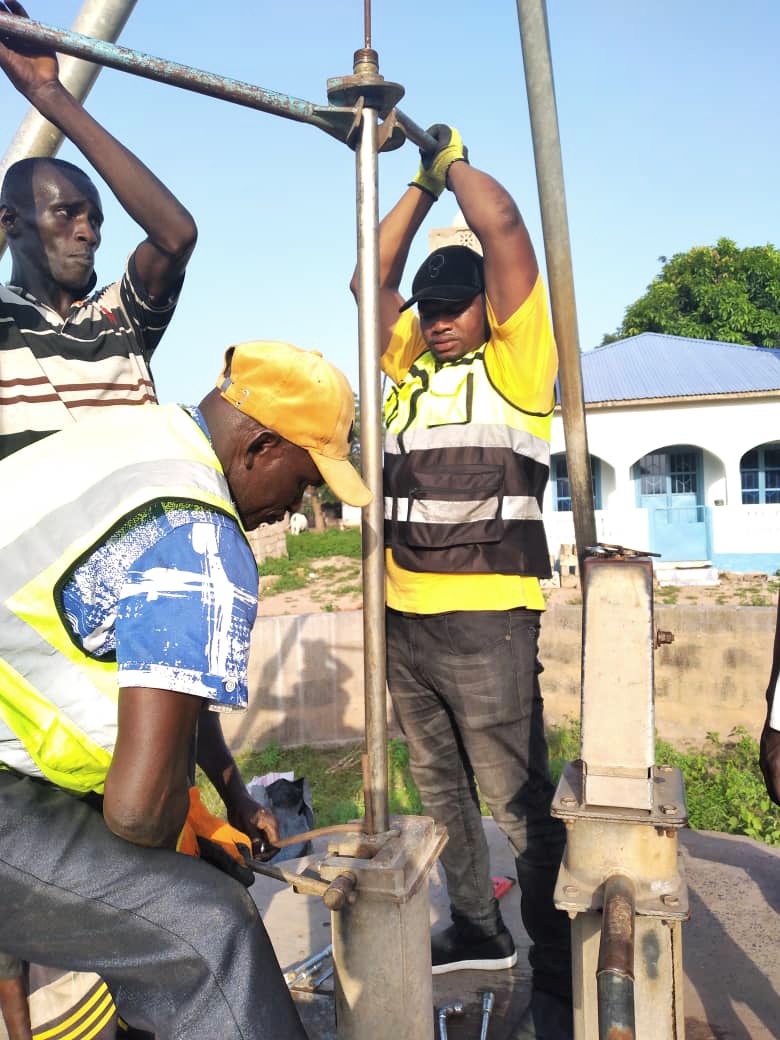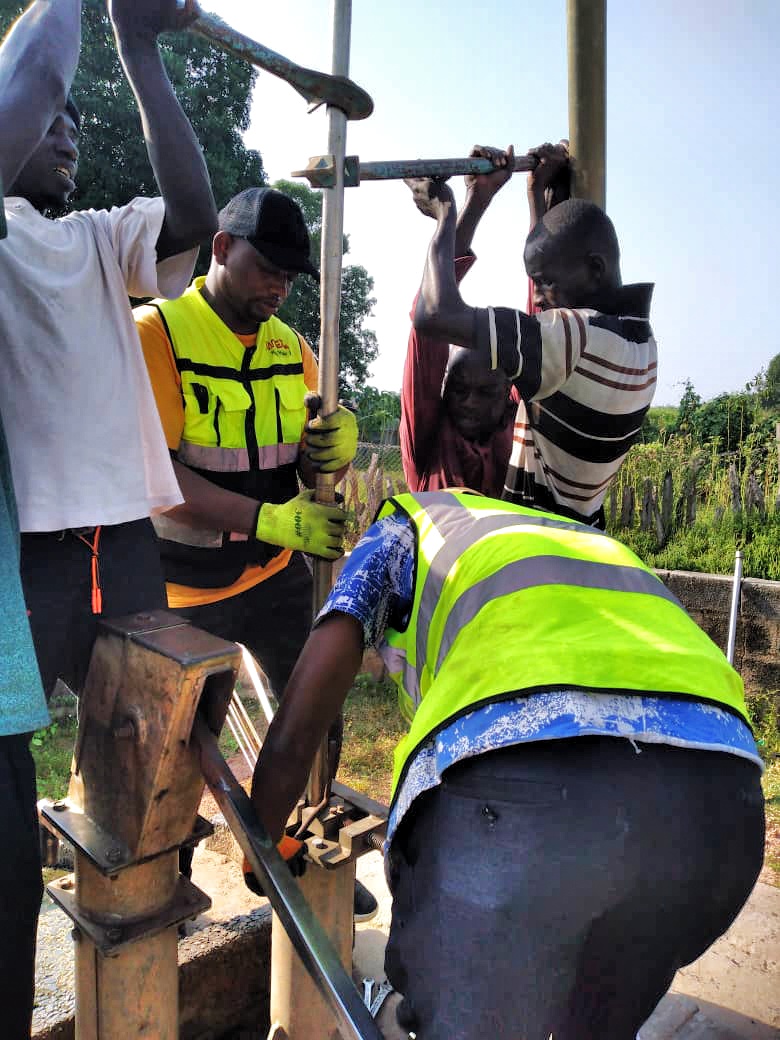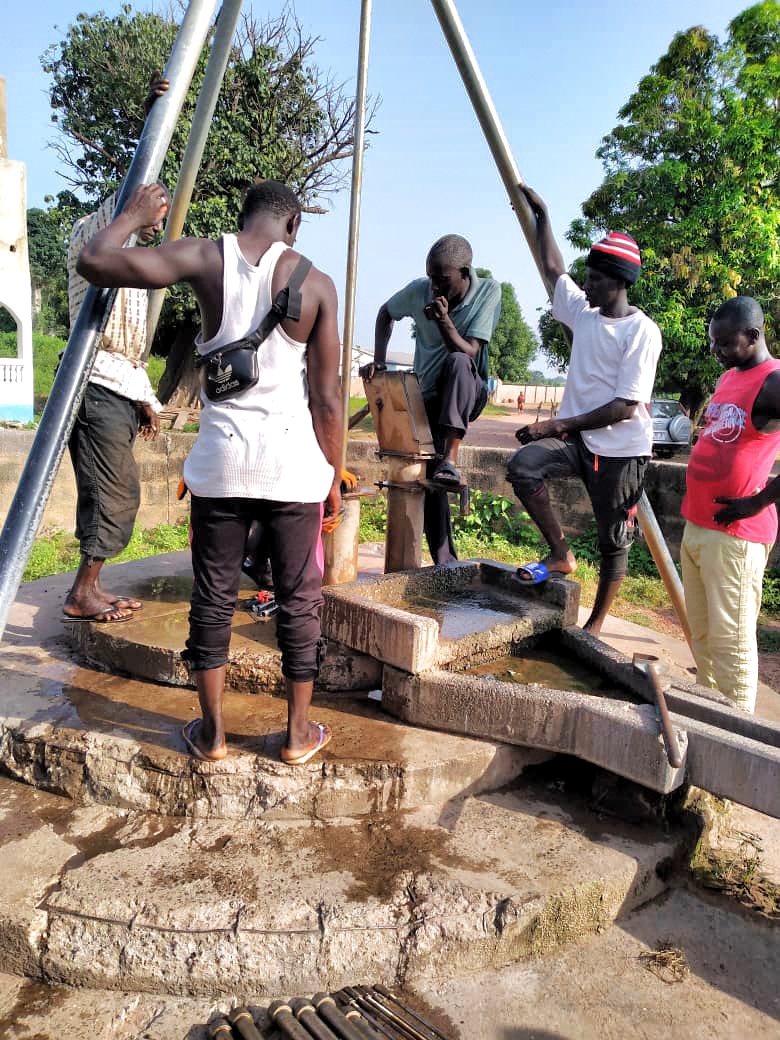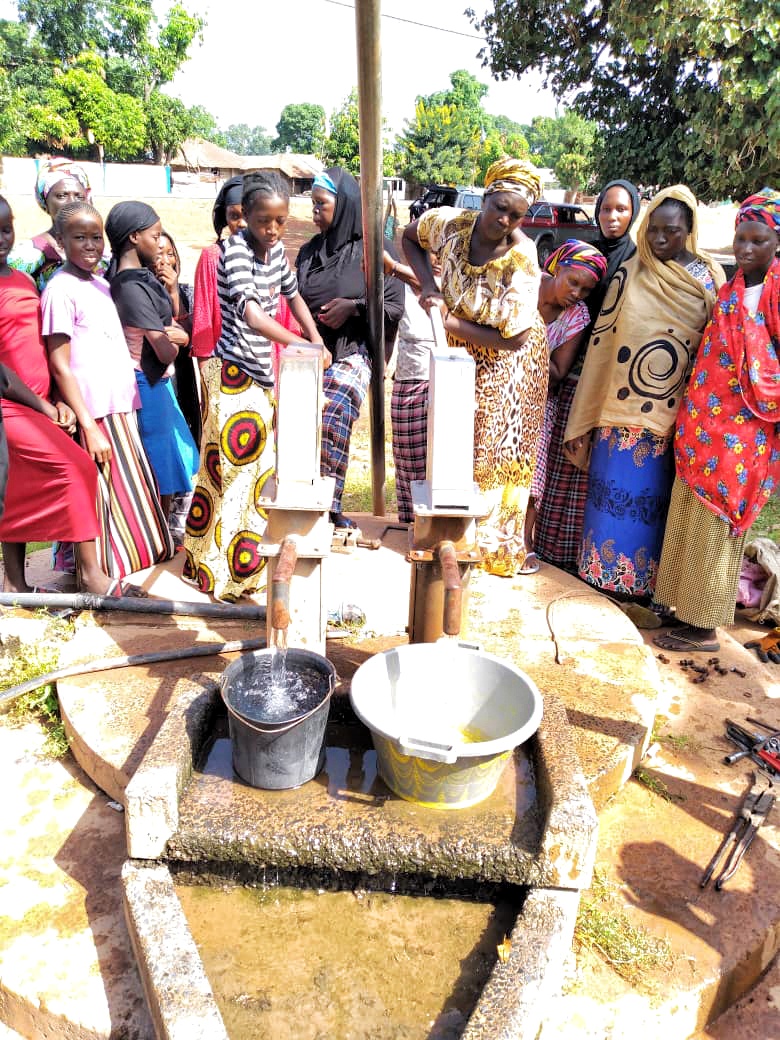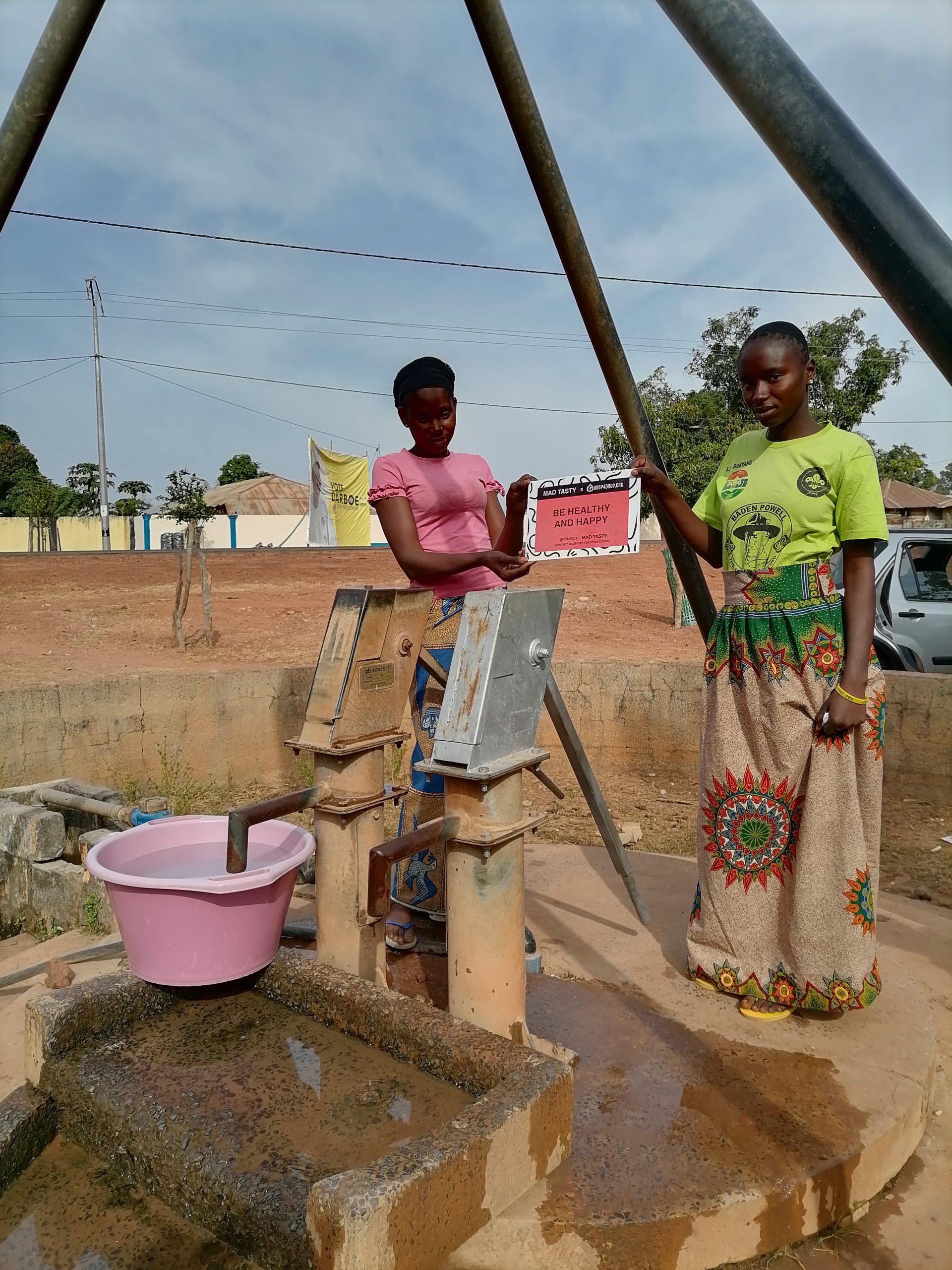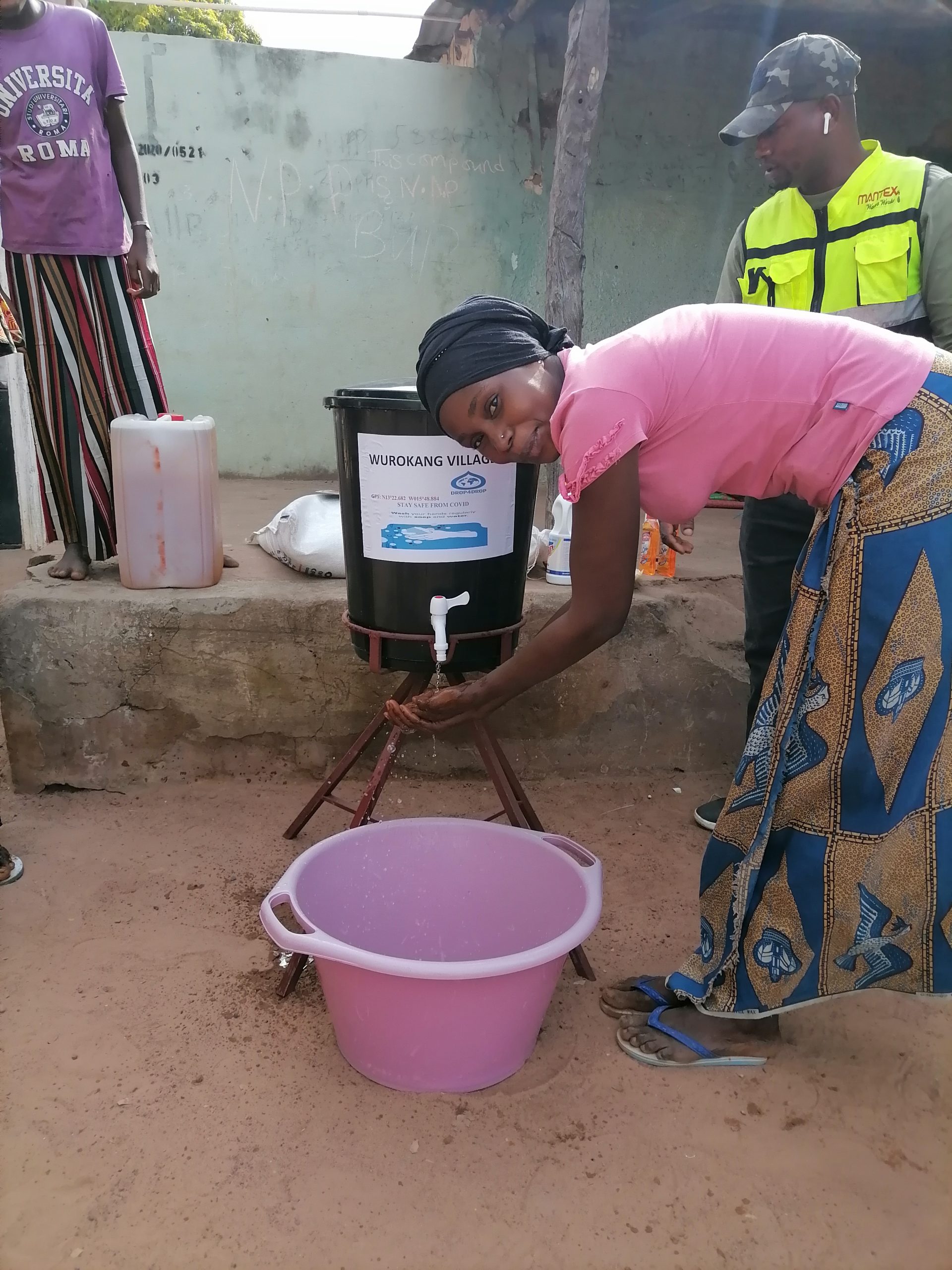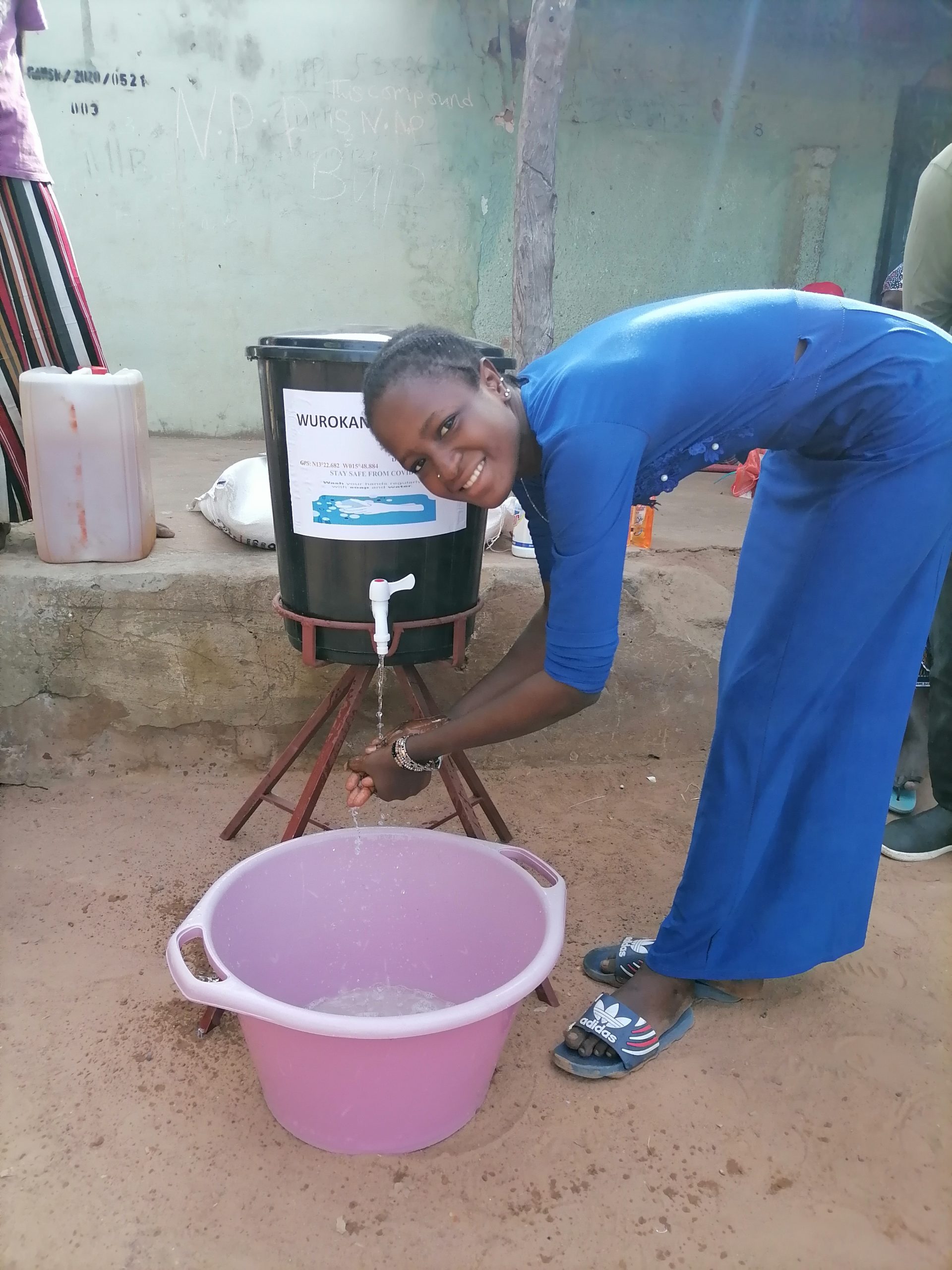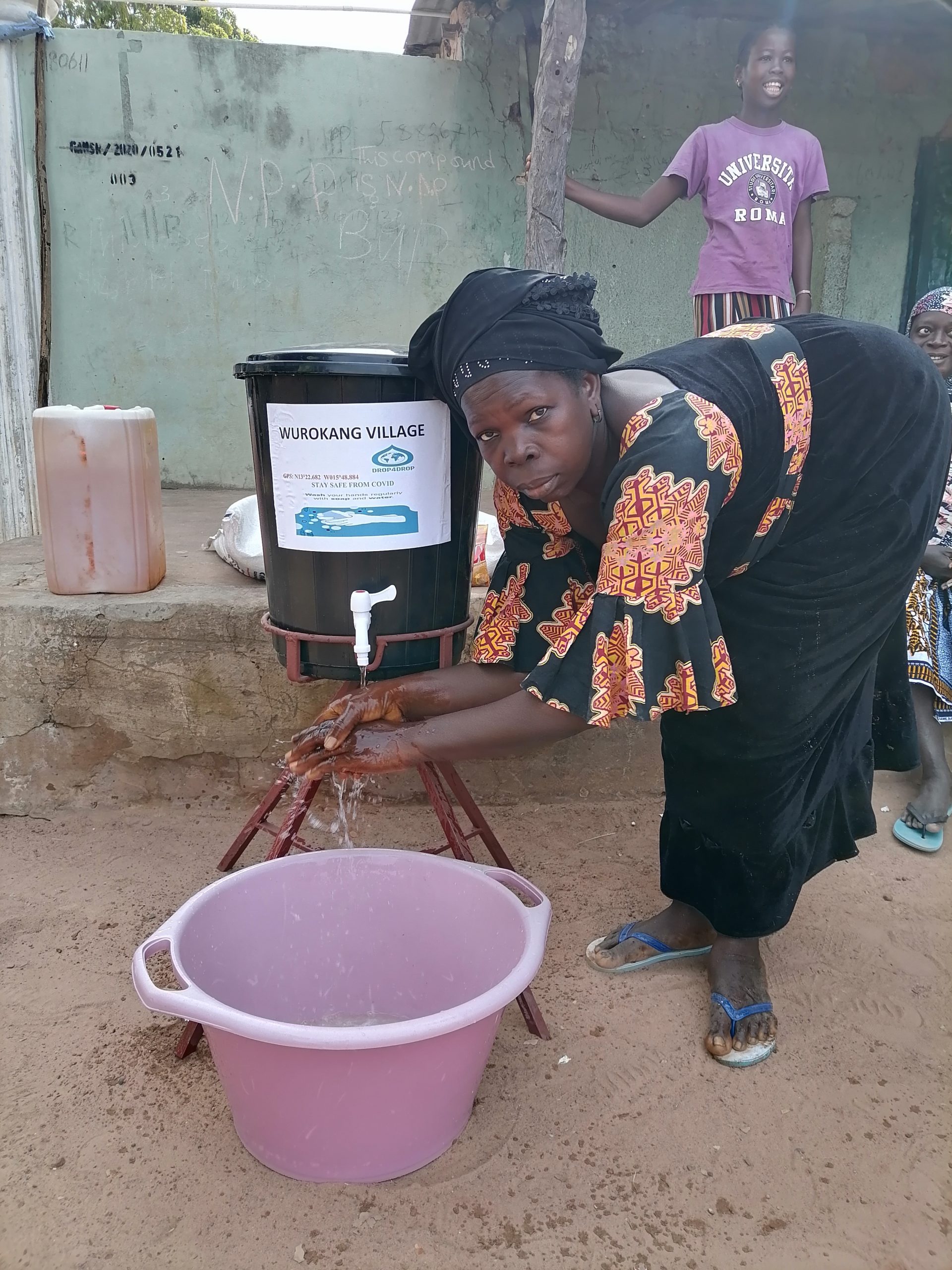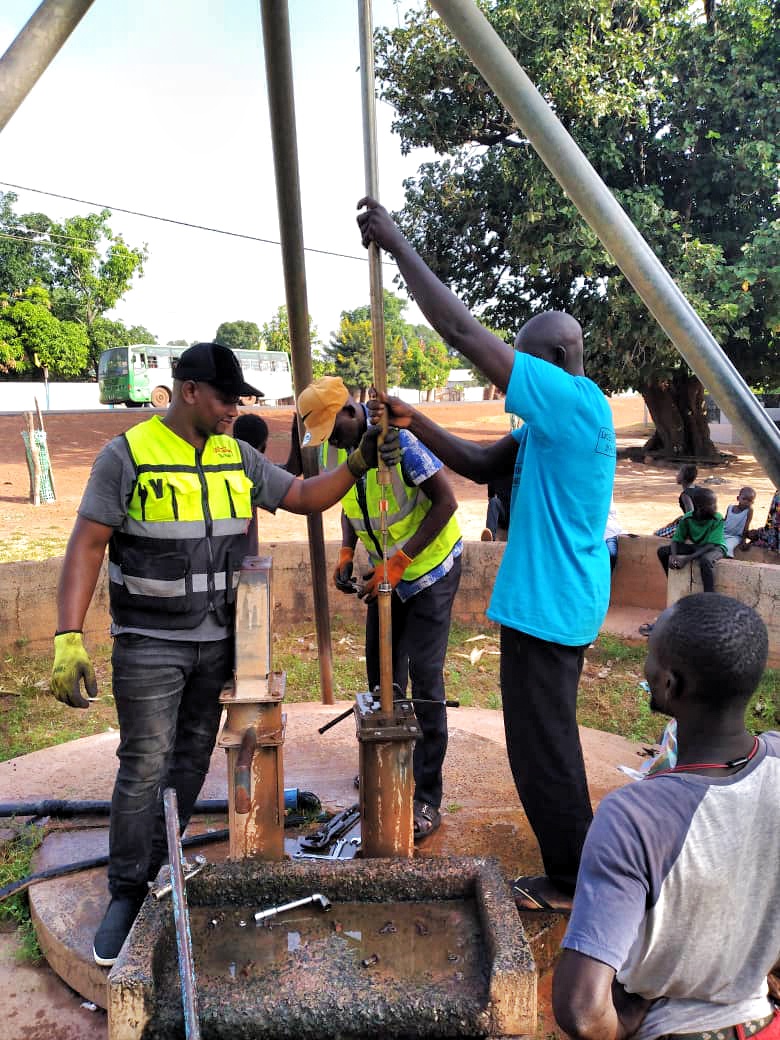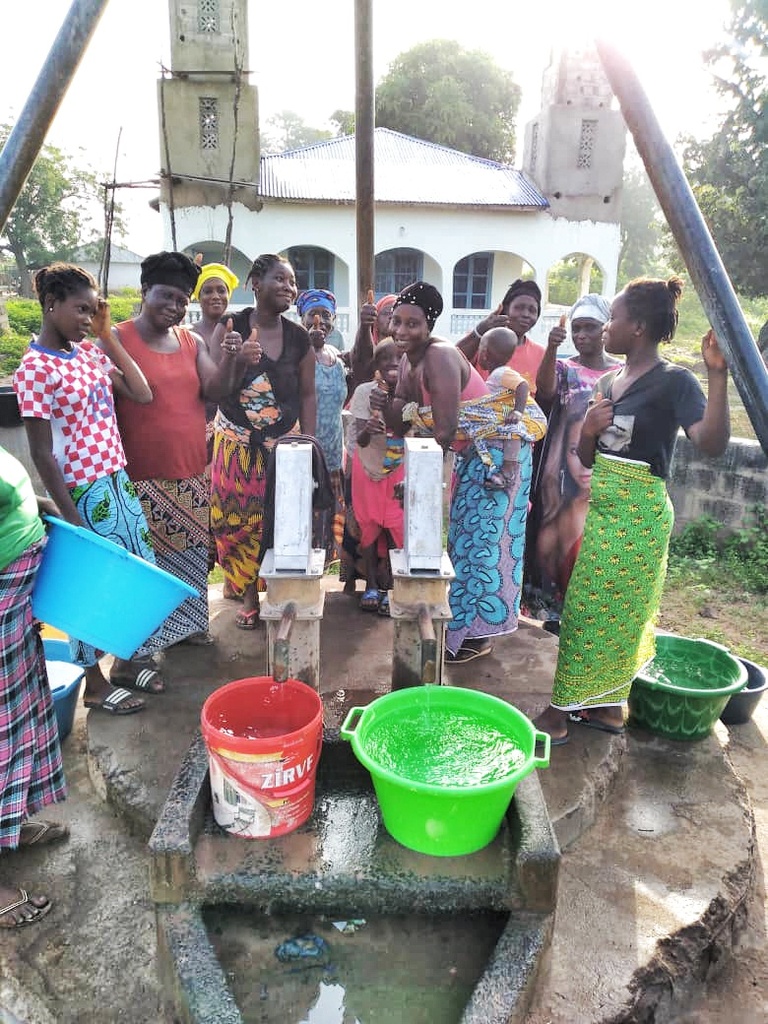
Kiang Central is one of the six districts of the Lower River Region of the Gambia. Along with Kiang East and Kiang West, it makes up the Kiang area. In Kiang Central, as in most of The Gambia’s rural villages, most men farm rice, groundnuts, and millet. Most women garden for subsistence food needs, as well as work in the rice fields. Farming is the main source of income, with groundnuts being the main cash crop and rice the staple one. Most farmers use traditional, subsistence farming methods with little or no modern equipment, and the scant surplus of crops, if any, is usually sold for a small profit.
The last few years of diminished rainfall means there is a lack of food to eat with no surplus to sell. These communities are close to the border with Cassamance, Senegal. The Cassamance side of the border is still forested; the Gambian side has been almost completely deforested. In times of poor harvest, these communities often cross the border to chop down trees to make into charcoal to be sold in the market in the capital city of Banjul. The deforestation of Cassamance is an environmental disaster. According to Global Forest Watch reports, between 13th of April 2020 and 10th of April 2023 Kiang Central experienced a total of 116 VIIRS Alerts fire alerts, 1.8kha of land has burned so far in 2022. the peak fire season typically begins in early January and lasts around 15 weeks. This has significantly contributed to the water scarcity of the district.
In our recent GIS Mapping assessment, we found that most communities in Kiang Central District lack access to potable drinking water and tiny fraction of communities are still practicing open defecation. This coinciding with the lack of water makes the district hard to live and unbearable for communities.
BAMBAKO VILLAGE
OUTCOME
The second phase of this project has been successfully completed thanks to Water Charity and its local partner Working Water The Gambia (WWG). This is part of a series of projects launched under the Water for Everyone Initiative. The project mission was to improve water access and sanitation conditions across 5 villages in Kiang Central District by rehabilitating handpumps, installing new ones where necessary, and providing hand washing stations to improve sanitation and hygiene in the communities of BAMBAKO VILLAGE, JIROFF VILLAGE, KUNDONG NUMU KUNDA VILLAGE, TABANANI VILLAGE and WUROKANG VILLAGE. Thanks to the collaborative support of the villagers in all these villages, the project was completed successfully. This project provides access to clean water and sanitation to over 3,000 people.
JIROFF VILLAGE
ACTIVITIES
The project saw the successful dewatering, re-digging of wells, installation of new German Mark 2 cylinders and conversion heads, stainless steel pipes, rod couplings, check nuts, pedestals, axles and bearings. Concrete water troughs were built, new culverts for wells and concrete slabs. Handwashing stations were installed in all project intervention communities supplied with detergents. In partnership with The Gambia’s Department of Water Resources, quality testing and treatment was also conducted at the end of each community project. In each community, learning sessions were held on effective handwashing techniques and simple water management strategies. Communities also participated in manual works like digging and collecting sand and gravel. They also hosted workers, which assured that all materials were secured.
KUNDONG NUMU KUNDA VILLAGE
OBJECTIVES OF THE PROJECT
- The primary objective of this project is to provide clean drinking water and better sanitation for the people of the selected 5 villages in Kiang Central District as for the second phase of the project. This has been successfully achieved at the completion of the project.
- The Kiang area has long suffered from a lack of clean drinking water. The region has been hit hard with mass felling of trees and frequent bushfires. Although it is home to one of the largest nature reserve parks but it is still hard to control people from damaging the flora and fauna of the area.
- One of the objectives of this project is to provide clean drinking water for marginalized vulnerable communities. Kiang Central has a lot of isolated villages that feel abandoned and forgotten. These villages are often called ‘’Dumbokono’’ which is a derogatory word meaning inside the barrel, referring to the communities as people living inside a barrel. This project has made them feel heard, socially included, and a part of humanity.
- The project also empowers women and girls. We all know the burden women and girls bear in water collection. Although Kiang Central District has embraced education, but indications have shown they favor boys’ education more than girls. This clean water project will empower girls’ participation in school. The time spent on water collection is far shorter now for school-going girls.
- Another important objective of this project is to inculcate the habit of hand washing in communities. At each of the rehabilitated water sources in each community, a hand washing station is provided with detergents and also a learning session on the techniques of effective hand washing. Members of the community gather in the village square for the learning sessions. This is a tool to combat the spread of germs and other communicable diseases that could spread within communities, especially after using the toilets. It also aids nursing mothers as well as children to understand the importance of hygiene and sanitation. Participation in the learning sessions was high. Community engagement was immense and enthusiastic.
- In Kiang Central District, open defecation is not as big a concern as it is in other regions of the country. Nonetheless, another key objective of these water projects is to facilitate round-the-clock household access to water. This will steer people away from going outside to defecate. The availability of water in the households is a catalyst towards the cessation of open defecation.
- Another objective of these projects is to encourage women’s engagement in household-level horticulture gardening. Every rehabilitated water source includes a concrete watering trough. The water trough traps wastewater from the hand pump and can be used by nearby houses for small-scale household horticulture vegetable gardening. This avoids the wastage of water and allows households to grow vegetables and enables their livestock to drink. This helps provide the households with a balanced diet and thereby alleviates the extreme poverty communities’ face, especially in the dry season.
- Another key objective of this project is to cut down the high rate of water-related illnesses in the recipient communities. Children often face the brunt when it comes to waterborne diseases. Certain households are drained of all resources when a family is struck with waterborne diseases. These water projects will lessen the burden on communities and money that would otherwise be spent on doctors or medicine can be used for food or for girls’ education instead. The distances between villages and health centers are far away and road networks are poor. This project will improve the health, sanitation and hygiene of beneficiary communities
- Another objective of these projects is to combat the high rate of fires in communities which do not only destroy the environment but also destroy backyards and potential destruction of property which could lead to further destitution for families. The ample water supply will also encourage communities to plant trees to safeguard their surroundings and attract afforestation.
- Setting up and training village water management committees was another objective of the project. We set up and trained water management committees in all the project communities. They help in the day-to-day management and maintenance of the water source. This will help make the project sustainable. As best practice, we ensure the committee is gender-balanced and that women have a say in the maintenance and management of the water source. Traditional women communicators known as ‘’Kanyeleng’’ are also involved in the sensitization of communities for better water management.
TABANANI VILLAGE
BENEFICIARY TESTIMONIAL
It is very common when a person or a group of persons or communities receive such humanitarian activity, they become utterly dumbfounded or out of words due to happiness and excitement. This is typical in this part of the world. In such scenario, almost everyone expresses their happiness saying similar praises and chants. They become overwhelmed with happiness at times it is hard to put it all into words. However, the excitement and happiness are overwhelming in all the beneficiary communities. Heads of villages of the respective 5 villages all expressed their sincere thanks for the project and happiness, highlighting the positive impact that these clean water projects have in their lives.
Kalifa Kambi is the local councilor for district, he said lack of access to clean water is also deeply linked to poverty. Water scarcity, poor water quality and inadequate sanitation negatively impact food security, livelihood choices and educational opportunities within the district. This water project will greatly uplift our standard of living and also create greater inclusion. He thanks Water Charity for these great projects. Similar remarks were said by various community elders and social groups including the ‘’Musu Kambeng Kaffo’’ in Jiroff. We are hugely relieved now that we have abundant clean drinking water flowing in our communities said Famara Danjo, a social custodian of the Farandambo clan within the district. Water is life and Water Charity has given us life, he said. We no longer have to travel long distances searching for water said Jomma Gassama, a leading female activist in the district. Water is a universal human need and we are grateful to Water Charity for providing us these water projects. The traditional chief of the district Demba Sanyang also heaped praises and thanks to Water Charity for the water projects, especially also the hand washing stations which he said really helps the community to keep sanitation and the fight against Covid-19 and other diseases. He urged communities to take very good care of the water sources and urge for stronger bond of unity and peace among community members.
Thanks to the donors for making this project a success.
WUROKANG VILLAGE
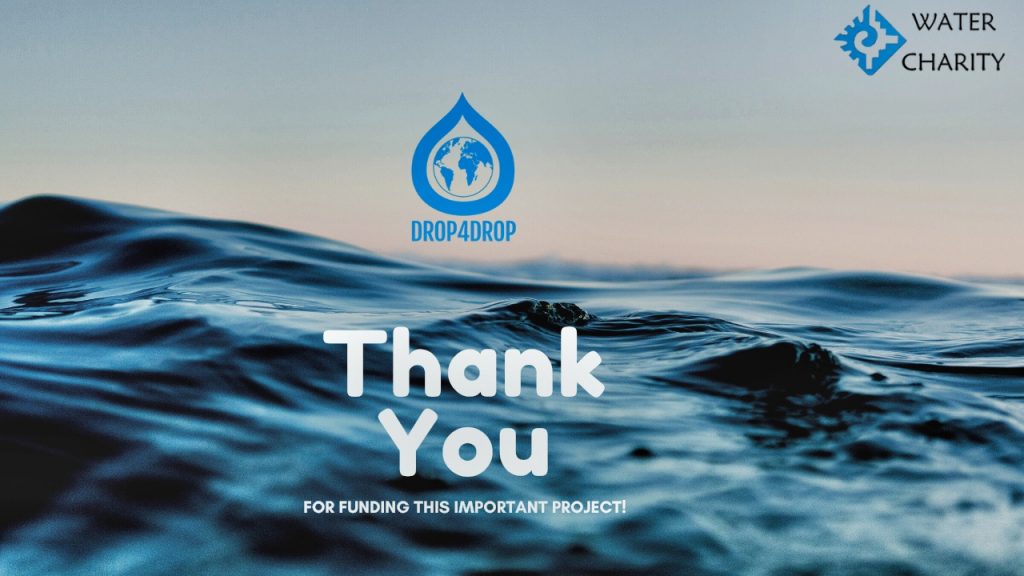
This project has been completed. To read about the beginning of the project, CLICK HERE.
